|
Long before Israel became a state in 1948, Baron Edmond de Rothschild had his eye on the terroir of this Middle Eastern country that borders on the Mediterranean Sea. Although this area has a 5000-year history of winemaking, it didn’t become a “modern wine industry” until the 19th century. It was 1882 when the first Israeli settlers from Europe asked for Baron Rothschild’s help after encountering many problems in cultivating the land. They needed guidance due to their lack of expertise and unfamiliarity with the soil. The Baron known as the “Benevolent Provider” and owner of the famous Chateau Lafite Winery in Bordeaux sent representatives to Israel to assess the situation. Once there, they discovered that the climate and growing conditions in Israel were quite similar to that of Bordeaux and suggested planting wine vineyards. Acting on their advice French rootstocks were imported from Bordeaux to Israel in 1882, along with the Baron’s advisory committee to help the settlers. By 1889, with the Barons’ financial assistance and instructions, construction of a winery in Rishon Lezion in the Galilee region was almost completed and it eventually became Carmel’s first winery and head office. And by 1890 the first grapes were harvested. His second winery was built in Zikhron Ya’akov on Mount Carmel in 1892 and in 1895 Carmel Wine Co. was formed to export wines. In 1957 James Rothschild, son of the ” Benevolent Provider”, passed ownership of the winery to the Winegrowers Association. The Carmel winery continued to grow and in 2013 a private investors group acquired control of Carmel Winery. Not only is Carmel Winery the first winery in Israel, but it is also the largest wine producer here with four wineries and five wine collections. They have vineyards all over the country with the largest vineyards on the slopes of Mt. Carmel. Approximately 3,472 acres of vineyards extend from the Upper Galilee and the Golan Heights in the north to the Negev in the south. The majority of Carmel’s most recent vineyards are planted in the Upper Galilee region, which is the source for most of the finest wines produced by the Carmel Winery. I recently received three samples of Carmel Winery wines from their Private Collection. The Private Collection series consists of varietal and non-varietal high-quality wines from grapes that are grown in top vineyards throughout Israel. These wines are characterized by their fruit-forward styles and easy food pairing qualities. Carmel Cabernet Sauvignon 2018 is 100% Cabernet Sauvignon grapes that were harvested in the Galilee region. The wine is aged for eight months in French and American oak barrels. A lovely bouquet of berries, cherry, spice and chocolate pave the way for a juicy blend of blackberry, blueberry, plum, spice, licorice and chocolate. Vanilla and pepper round out a long finish. It is nicely balanced with silky tannins. Alcohol: 14% SRP: $15 Carmel Shiraz 2018 is 100% Shiraz grapes that were harvested in the Shomron, south of Galilee and a key wine region in Israel where Mount Carmel is. The wine is aged for eight months in French and American oak barrels. This is a very aromatic wine with notes of strawberry, spice, and hints of floral and earth. The palate is layered with blackberry, red raspberry, plum, cranberry spice, cloves and vanilla. Tannins are smooth and sweet spice lingers on a long finish. Alcohol: 13.5% SRP: $15 Carmel Winemakers Blend 2018 is a blend of 50% Cabernet Sauvignon and 50% Merlot. The grapes are harvested from the Galilee region and the wine is aged for eight months in French and American oak barrels. A bouquet of red fruit, spice and floral set the stage for a palate filled with black raspberry, plum, pomegranate, vanilla and spice. A nice blend of fruit and savory with mocha and tart black cherry are the grand finale on a long finish. Alcohol: 14% SRP: $15 All of the above wines are dry, refined and refreshing. Their easy-drinking style allows for pairing with a variety of dishes. And the price to value ratio is impressive. All Carmel Winery wines are certified OU Kosher.
Until next time… Cheers! Penina To leave a comment or if you have an inquiry, please contact me at [email protected] As you may have surmised from previous stories, I love Susana Balbo Wines. So, when I recently received four bottles of her CRIOS brand, I was quite pleased. For those of you who aren’t familiar with Susana Balbo Wines, here is a quick recap from my last story about her. To read more about Susana, the winery and wine reviews, please click on the ‘Categories’ menu to the right of this page. Susana Balbo is the founder and owner of Susana Balbo Wines located in Luján de Cuyo, Mendoza in western Argentina close to the Andes Mountains. Due to the close proximity of the Andes, the vineyards are subject to a hot, dry climate during the day and cool alpine winds in the evenings, thus allowing the grapes to develop and ripen slowly while reaching full tannic ripeness and maintaining their acidity. Susana is not only the most well known Argentinian female winemaker globally, but she is also the first female enologist in Argentina! With over thirty years of experience in the wine industry, Susana has built an impressive career and produces some outstanding wines. From an early age, Susana strayed from wanting a traditional “female” education by electing to study nuclear physics in Bariloche. However, her parents would not let her leave Mendoza to pursue this path. So, Susana made a decision to follow the family’s wine business and in 1981, she graduated from Don Bosco University with a degree in enology, becoming the first female enologist in Argentina and challenging the male-dominated wine industry in Mendoza. Susana’s career began at Michel Torino winery in the Salta province where she made her first wine in 1983. It was the first vintage of Torrontés from Salta. She then continued on to work at many other well-regarded wineries and also worked as a consultant winemaker for national and worldwide wineries before “birthing” Susana Balbo Wines in 1999. Her first vintage was released in 2002. Susana’s two children are an integral part of the business. Her son José joined the team in 2011 as winemaker and her daughter Ana joined in 2012 as marketing manager. Susana produces four brands of wine that include CRIOS, Susana Balbo Signature, Nosotros and BenMarco. The CRIOS brand was created by Susana as a tribute to her son and daughter. CRIOS in Spanish means “offspring”. To quote Susana Balbo Winery, “CRIOS wines express Susana's love and dedication to her children, José and Ana. Today, Susana's CRIOS have grown and matured, just like her children who now work with her at the family winery.” The grapes for this brand are harvested from specific areas in Mendoza and Salta where grapes are optimal for the fruit-forward style of CRIOS. CRIOS Torrontés 2018 is 100% Torrontés hand-harvested from vineyards in Cafayete (Salta) and Uco Valley (Mendoza) regions at an elevation of 5,600 ft. Cafayete region has sandy-loam soils and the Uco Valley is known for its complex mix of soils that include stones, sand and limestone. This wine is pale lemon with green hues. A lovely floral bouquet is infused with citrus and a hint of pear. And the palate offers a refreshing blend of acacia, pear, citrus, green apple and crisp acidity. This is a perfect wine to serve as an aperitif or serve with seafood, light pasta and Asian cuisine. Alcohol: 13.5% SRP: $15 CRIOS Rosé of Malbec 2018 is 100% Malbec hand-harvested from vineyards in the Uco Valley region at an elevation of 3,700 ft. This Rosé has a vibrant coral color with subtle notes of strawberry, peach, red cherry and a hint of vanilla on the nose. This is a dry, refreshing and lively wine with crisp acidity. Soft notes of strawberry and sweet spice linger on the palate leading to a creamy finish. Serve as an aperitif or pair with fish, salads and light appetizers. Alcohol: 14.5% SRP: $15 CRIOS Malbec 2018 is 100% Malbec hand-harvested from vineyards in the Uco Valley region at an elevation of 3,700 ft. This wine was aged for nine months in French oak. This wine has a rich purple color with juicy aromas of violets, cherry, plum, berries and spice. Notes of plum, cherry, pomegranate and spice tease the palate with a delightful finish of mocha and pepper. Tannins are nicely balanced with acidity. Serve with grilled meat, tuna, hearty stews and aged cheese. Alcohol: 13.9% SRP: $15 CRIOS Cabernet Sauvignon 2018 is 100% Cabernet Sauvignon hand-harvested from vineyards in the Uco Valley region at an elevation of 3,700 ft. This wine was aged for nine months in French oak. This wine is deep red bordering on purple with aromas of plum, floral, spice, dark berries and sour cherry. A lush palate of dark berries, plum, espresso and sweet spice ends with a lingering finish of anise and pepper. A nice balance of bright acidity and soft tannins rounds out this wine. Serve with grilled meat, fowl, hearty stew and spicy cuisine. Alcohol: 14.5% SRP: $15 The handprint logo that is on each CRIOS bottle is of three overlapping hands representing the generations involved in making this quality wine. It also symbolizes Susana’s love for her children and acknowledges hands as powerful tools in accomplishing a mission together. Family working together, producing wine out of love and a passion for quality and the land…it doesn’t get any better!
Until next time… Cheers! Penina To leave a comment or if you have an inquiry, please contact me at [email protected] Hopefully, by now you are familiar with Domaine Bousquet after reading several of my stories and numerous reviews of their wines. And perhaps you have a bottle or two in your wine cellar! Domaine Bousquet is located in the upper reaches of the Gualtallary Valley in Tupungato, part of Mendoza’s Uco Valley in Argentina. Sitting at an altitude of 4,000 feet, it is considered one of the highest altitude vineyards in Mendoza and in the world! Noted for their use of French and Argentinian winemaking techniques, Anne Bousquet stated, “The objective of the Bousquet family was to unite our tradition of European winemaking with the ideal agricultural conditions in Mendoza.” If you are not familiar with the Bousquet family history, the estate and its terroir, please click on the links below. Day 622 Bonjour Argentina! - The WineKnitter http://thewineknitter.com/1/post/2018/01/day-622-bonjour-argentina.html Day 626 Bonjour Argentina! Part Two - The WineKnitter http://thewineknitter.com/1/post/2018/02/day-626-bonjour-argentina-part-two.html All of Domaine Bousquet wines are made from 100% organic fruit since the first vines were planted in 1997. Special attention is always taken to preserve the purity of the organic fruit. Sulfites occur naturally in grapes, but winemakers add additional sulfites to wine as a preservative. The sulfites help to maintain the wine’s freshness and slow down oxidation. With the release of Domaine Bousquet’s Virgen 2018, it marks their first no-sulfites-added, USDA certified organic red blend. Anne Bousquet said, “We only tackled this project once we were confident that we could manage the challenges of making a top-notch organic wine. We also wanted to make sure that this wine was true to our house style: an elegant wine with bright, clean, fruit flavors.” Domaine Bousquet Virgen Organic Red Blend 2018 is made with estate-grown 35% Malbec, 35% Cabernet Sauvignon and 30% Cabernet Franc. As with all grapes from the estate, they are manually harvested. The three grape varieties were fermented together, no oak was used and no sulfites were added allowing for the “purest expression of the terroir.” This wine is deep purple with intoxicating aromas of ripe red fruit, dark berries, violets and spice. A richly layered palate is filled with juicy blackberries, black raspberry, blueberries, floral, spice and anise. The alcohol and acidity are perfectly balanced with fruit and anise lingering on a lengthy finish. This is a “drink now” wine. Pair with hearty stews, grilled meat, fowl and pasta. Alcohol: 15.5% SRP: $13 In addition to the Virgen Red Blend, I opened Domaine Bousquet’s Premium Cabernet Sauvignon. The premium varietal series is usually a blend of estate and purchased fruit from the Uco Valley. Premium Varietal Series Cabernet Sauvignon 2018 is 100% Cabernet Sauvignon made from 100% organic fruit manually harvested from estate vineyards. This wine is un-oaked. An inky purple color leads to aromas of dark berries, black plum, floral and spice. The palate offers a mix of berries infused with dark cherry, plum, spice, licorice and a touch of pepper and violets on the finish. This is a smooth wine with just the right balance of tannins and acidity. Pair with aged cheese, grilled meat, veggies and hearty soups. Alcohol: 14% SRP: $13 Domaine Bousquet wines never disappoint my palate and they are offered at an amazing price!
Until next time… Cheers! Penina To leave a comment or if you have an inquiry, please contact me at [email protected] When serving Tuscan wines, thoughts usually turn to pairing them with Italian food and hearty fare. Ladies and gentlemen, it’s time to think outside the box when drinking these wines. Countess Beatrice Contini Bonacossi, (“Bea” for short) family proprietor of Tenuta di Capezzana certainly thought beyond Italian food as she guided us through a tasting of her wines at Hakkasan, a Cantonese restaurant in New York City. Capezzana, established in 804 is Tuscany’s oldest wine producing estate located in the northwest corner of Tuscany in Italy’s smallest appellation called Carmignano. Carmignano was formally recognized as a wine-producing appellation in 1716 along with its famous neighbor, Chianti. Sangiovese is the primary grape for both appellations. Unlike Chianti, Carmignano is lesser known but is rich in wine history dating back about 3,000 years ago in the pre-Roman era. Capezzana was once home to the Medici family. During the 16th century when Catherine de’ Medici married King Henry of France, she had Cabernet Sauvignon vines imported to the Capezzana vineyards, making it the first Italian planting site of French Cabernet Sauvignon. In 1920, Count Alessandro Contini Bonacossi purchased Capezzana and it has remained in the family ever since. Alessandro’s grandson Ugo was instrumental in establishing Carmignano’s own DOC in 1975 and DOCG in 1990. Today, Capezzana produces over 50% of all DOCG Carmignano, a wine made primarily with Sangiovese and small amounts of Cabernet Sauvignon and other local varieties. The estate has 247 acres of vineyards and 356 acres of olive groves. Bea said, “ We have 30,000 olive tree, some are fifty years old.” Now in its fourth and fifth generation, three of Ugo’s seven children are part of the day-to-day operations. Bea is proprietor and global ambassador, Filippo is head of the winery’s finances and olive oil production and Benedetta is the winemaker. Their brother Vittorio who passed away in 2012 was an integral part of the winery and began working with his father at the age of 18. He became an agronomist who eventually took over the management of the company, the vineyards and olive groves. Capezzana has a unique climate due to its location being in close proximity to the Apennine Mountain range. As Bea described it, “We have a special microclimate, with warm summer days and cool breezes in the early evening. There are no sea influences due to the mountains. The winds carry moisture to the vineyards.” And as for the soil, Bea explained, “We have a diversity of soil, one can find 3 to 4 different soils in one vineyard.” Soil types are typically clay, sand and schist. 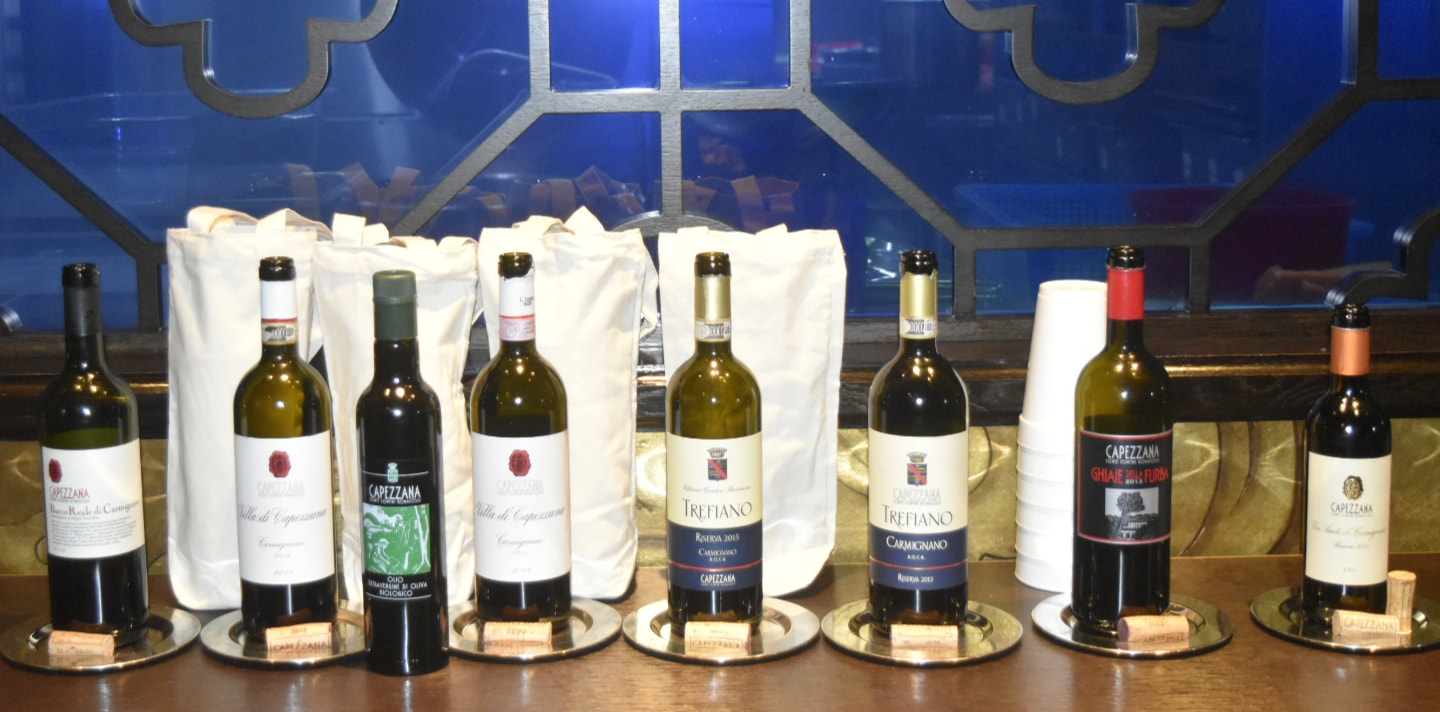 Vittorio’s wish was for all of Carmignano to become organic, so he began the process in 2008 with Capezzana. Through his determination and passion, Capezzana became fully organic and was granted organic certification beginning with the 2015 vintage. It was the first certified organic commercial winery in Carmignano. Bea stated, “I hope my brother’s dream comes true for all of Carmignano to become organic one day. It is at 50% now.” We began our exploration of the estate’s wines with a sample of their organic olive oil. The olive oil was poured into small cups and Bea showed us how to taste it. We put our hand over the top of the cup and swirled it to release the aromas. Then after breathing in the aromas, we were supposed to “slurp” a mouthful and inhale nosily in order to heighten the flavors. I don’t think anyone was very demonstrative with slurping! Organic Extra Virgin Olive Oil 2018 is a blend of 60% Moraiolo, 30% Frantoio, 5% Leccino and 5% Pendolino olives. The olive oil is superb. It has fruity and earthy aromas with a hint of artichokes. The palate offers light fruit balanced with a touch of pepper and nuttiness. This is an elegant olive oil that can be drizzled on anything. It is light enough to enhance the food but not overpower it. SRP: $38 Next, we tasted a stellar lineup of red wines served with a selection of delicious appetizers and main dishes. And I must say that all the wines complemented each course. Barco Reale di Carmignano DOC 2016 is a new vintage release made with 80% Sangiovese, 15% Cabernet Sauvignon, 10% Canaiolo, 5% Cabernet Franc. The wine is aged for 12 months in Allier barrels and then rests for a minimum of 3 months in the bottle prior to release. This is a fresh and youthful wine with intense aromas of dark cherry, berries and a hint of baking spice. It has lots of fruit on the palate with blackberry and dark cherry lingering on the finish. Nicely balanced with soft tannins. Alcohol: 13.5% SRP: $17 Villa di Capezzana DOCG 2015 is a blend of 80% Sangiovese and 20% Cabernet Sauvignon. The wine is aged in barrique and tonneaux for 12 months and then rests in the bottle for a minimum of 12 months. It has lovely aromas of floral mixed with red and dark fruit and hints of spice. The palate offers lush fruit, anisette and spice. Although this is an intense wine, it is fresh with structured tannins and a lengthy finish. Alcohol: 14% SRP: $27 Villa di Capezzana DOCG 2009 is a blend of 80% Sangiovese and 20% Cabernet Sauvignon. The wine is aged in barrique and tonneaux for 12 months and then rests in the bottle for a minimum of 12 months. This wine is rich and well structured with concentrated dark fruit both on the nose and palate. Licorice, dark chocolate and spice continue onto a long finish. Silky tannins and balanced acidity add to the richness of this wine. Alcohol: 14% SRP: $65 Trefiano Riserva DOCG 2015 is a blend of 80% Sangiovese, 10% Cabernet Sauvignon and 10% Canaiolo. The wine is aged in barrique and half new and half old tonneaux for 18 months, then rests for at least 24 months in the bottle prior to release. This is the estate’s first organic vintage. Bea said, “To honor my brother Vittorio, his name is on the bottle.” The wine has a lovely bouquet of ripe dark berries, cherry, plum and hints of pepper. Concentrated layers of ripe fruit, hints of herbs, pepper, spice and espresso envelop the palate. It is an elegant wine that is beautifully balanced. Alcohol: 14% SRP: $55 Trefiano Riserva DOCG 2013 is a blend of 80% Sangiovese, 10% Cabernet Sauvignon and 10% Canaiolo. The wine is aged in barrique and half new and half old tonneaux for 18 months, then rests for at least 24 months in the bottle prior to release. A powerful bouquet of dark and red fruit, spice and dark chocolate set the stage for a concentration of rich dark fruit led by black cherry, plum and spice. This wine is silkier than the 2015 vintage, but all the elements remain. Alcohol: 14% SRP: $55 Ghiaie Della Furba IGT 2012 is a Bordeaux-style blend made with 50% Cabernet Sauvignon, 30% Syrah and 20% Merlot. Bea said, “My father decided he wanted to make an innovative wine.” The wine was first created in 1979 by Ugo and Vittorio and was a blend of Cabernet Sauvignon, Cabernet Franc and Merlot. The blend was modified in 1998 with the addition of Syrah and today the blend is as above. The wine is aged in barrique for15 months, followed by a minimum of 12 months in bottle prior to release. Aromas of red fruit, cherry tobacco, spice and herbs are enticing. The palate offers dark and succulent fruit mixed with hints of fennel and spice. It is structured and well balanced with a long silky finish. Alcohol: 14% SRP: $60 And lastly, an elegant dessert wine was poured. Vin Santo Riserva DOC 2011 is a blend of 90% Trebbiano and 10% San Colombano. The grapes are dried through natural methods on cane matting from harvest through to the following February and then vinified in traditional small chestnut, maple and cherry casks. The wine is aged for five years and in bottle for a minimum of 3 months. Bea said, “It is a wine that doesn’t follow any pattern or rule. It is my child.” Heady aromas of perfume, almonds and candied fruit spill onto the palate with added notes of fig, spice and orange zest. This is a sweet and decadent wine that pairs well with desserts and aged cheeses. Alcohol: 14.5% SRP: $55 In addition to producing elegant and expressive wines that have finesse and structure, Capezzana also has a cooking school and wine bar on the premises. It is an “all in the family” venture.
I would like to leave you with a quote taken from Capezzana website. “The taste of the area of origin is the thing that interests us most to carry on, that is the scent of the land that enters, unique and unparalleled in our wines.” Until next time… Cheers! Penina To leave a comment or if you have an inquiry, please contact me at [email protected] Okay, I am not patiently waiting for spring to arrive and I am quite tired of having to endure bone-chilling temperatures. So, I thought I would cheer myself up with a taste of some heartwarming wines from Marques de Casa Concha. For those of you who are new to my blog, I have written many stories and reviews of the iconic wines of Concha y Toro located in Chile. For an in-depth look at their history, brands, vineyards, wines and winemakers, please click on the menu at right. Today, I’m keeping it short and sweet. Marques de Casa Concha is a renowned brand of Concha y Toro and is known for its fine collection of single vineyard varietals produced by noted winemaker Marcelo Papa. All Marques de Casa Concha grapes are hand harvested from single vineyards except for the Cabernet Sauvignon, which is a blend from the Puente Alto Vineyard and Pirque Vineyard located close to the foothills of the Andes Mountains in the Maipo Valley of Chile. The grapes for the Carmenere are sourced from the celebrated Peumo vineyard, located in the Cachapoal zone of Chile’s Rapel Valley. The climate is semi-arid Mediterranean with a strong impact from the Andes Mountains creating extreme temperatures between night and day. The grapes experience a longer ripening period allowing for aromas that are more intense and concentrated. Marques de Casa Concha Carmenere 2016 is 100% Carmenere. Aging takes place in new and used French oak barrels for 18 months prior to release. The color is deep red, bordering on purple with aromas of dark cherry, cranberry, black raspberry and spice. Fresh acidity and round tannins add to the dark berries, plum, spice, pepper and vanilla on the palate. The wine is elegant and I am happy to sip it as an aperitif, but it will pair nicely with roasted meat, game, pasta and cheese. Alcohol: 13.5% SRP: $25 Marques de Casa Concha Cabernet Sauvignon 2016 is aged for 18 months in new and used French oak barrels and then aged for an additional month after bottling. The color is dark ruby with abundant aromas of cherry, plum, spice and dark berries that segue onto the palate. Lingering flavors of smoke, pepper and hints of vanilla give way to a lengthy finish. Silky tannins and concentrated flavors add to this expressive wine. Serve with hearty stews, meat, fish and hard cheese. Alcohol: 13.5% SRP: $25 As always, Marques de Casa Concha wines never disappoint my palate!
Until next time… Cheers! Penina To leave a comment or if you have an inquiry, please contact me at [email protected] Every holiday season Don Melchor arrives at my doorstep for our annual get together. We have had a standing date for the last few years and I always look forward to it. Don Melchor Cabernet Sauvignon is Chile’s first and most renowned wine and Concha y Toro’s signature red. Winemaker Enrique Tirado has been at the helm of this project for the past 20 years and each vintage of Don Melchor he has produced is expressive and elegant. However, the 2015 vintage is the crème de la crème. To quote Enrique, “ the 2015 vintage of Don Melchor is one of the best vintages of my life”. Every year Tirado chooses grapes from 50 to 60 parcels, out of the 142 located in the Puente Alto vineyard on the north bank of the Maipo River in the sub-region of Maipo Valley. It is a 313-acre vineyard planted on the Maipo River’s oldest terraces. Tirado says, “each parcel not only offers a unique expression, but that expression varies from year to year”. Enrique also adds, “Don Melchor is not a single Cabernet Sauvignon but multiple expressions and that making this multi-Cabernet blend is a challenge.” The 2015 vintage began in the vineyard with ideal conditions that were extraordinary. The perfect soil and climate conditions throughout the growing season led to an intense expression of aromas and flavors in this vintage. According to Enrique, “every block of the vineyard exuded a particular strength of character and contributed even greater complexity to the finished wine”. Don Melchor Cabernet Sauvignon 2015 is a blend of 91% Cabernet Sauvignon, 7% Cabernet Franc and 1% Petit Verdot. The wine was aged for 15 months in French oak barrels (69% new and 31% second-use). The color is ruby red with heady aromas of cherry, plum, spice, vanilla and a touch of earth. The palate is sumptuously layered with cherry, red currant, toast, fennel, spice, chocolate and hints of minerality. The balance of acidity and tannins leads to a smooth and luxurious mouth-feel. The wine is very drinkable now but has the aging potential of 20 to 25 years. Of course, I am revisiting this bottle much sooner! Pair with stews, meat, aged and creamy cheese.
Alcohol: 14.5% SRP: $120 This vintage is the ultimate expression of the terroir and Enrique Tirado’s master winemaking. It is an elegant and impressive wine. Until next time… Cheers! Penina To leave a comment or if you have an inquiry, please contact me at [email protected] In August of 2017, I was first introduced to Susana Balbo wines. I was so impressed with this winemaker and her expressive wines that I wrote a two-part story. I recently received six more samples of Susana Balbo 2016, 2017 and 2018 vintages. Needless to say, I was ecstatic with the prospect of tasting these wines. Before I get into the nitty-gritty of Susana’s wines, I think it is worth the re-read from my last story that covered the history of this iconic woman! Susana Balbo is the founder and owner of Susana Balbo Wines in Argentina. Susana is not only the most well known Argentinian female winemaker globally, but she is also the first female enologist in Argentina! With over thirty years experience in the wine industry, Susana has built an impressive career and produces some outstanding wines. From an early age, Susana strayed from wanting a traditional “female” education by electing to study nuclear physics in Bariloche. However, her parents would not let her leave Mendoza to pursue this path. So, Susana made a decision to follow the family’s wine business and in 1981, she graduated from Don Bosco University with a degree in enology, becoming the first female enologist in Argentina and challenging the male-dominated wine industry in Mendoza. Susana’s career began at Michel Torino winery in the Salta province where she made her first wine in 1983. It was the first vintage of Torrontés from Salta. She then continued on to work at many other well-regarded wineries and also worked as a consultant winemaker for national and worldwide wineries before “birthing” Susana Balbo Wines in 1999. Her first vintage was released in 2002. Susana Balbo Wines is located in Luján de Cuyo, Mendoza in western Argentina close to the Andes Mountains. Due to the close proximity of the Andes, the vineyards are subject to a hot, dry climate during the day and cool alpine winds in the evenings, thus allowing the grapes to develop and ripen slowly while reaching full tannic ripeness and maintaining their acidity. In addition to Susana’s two children, José, winemaker and Ana, Marketing Manager who joined the team in 2011 and 2012, esteemed winemaker and viticulturist, Edy Del Pópolo is also on board. Susana is renowned throughout the world for her winemaking talents and single vineyard wines. Susana is also a global ambassador for Argentina. In 2014 she was elected to serve a third term as President of Wines of Argentina. This year, Susana was invited to chair October’s W20 summit, an international gathering of women that is a project of the larger G20 group. They met to discuss promoting gender equality in the world’s 20 leading economies. Susana produces four brands of wine that include CRIOS, Susana Balbo Signature, Nosotros and BenMarco. The Susan Balbo Signature wines are individually fermented varietals that are then carefully blended. These wines are a reflection of Susana’s tastes and preferences by enhancing each grape’s character while expressing the terroir. 2018 Susana Balbo Signature Rosé is a blend of 60% Malbec and 40% Pinot Noir. Grapes were hand-harvested from vineyards in the Uco Valley. The color is salmon with beautiful floral, citrus and red berry aromas. The palate offers a fresh and lively acidity with strawberry, red cherry, minerality and hints of sweet melon on the finish. Drink as an aperitif or with fish, fowl, cheese and sushi. Alcohol: 13% SRP: $20 2017 Susana Balbo Signature Brioso White Blend is made with 45% Semillón, 30% Torrontés and 25% Sauvignon Blanc. Needless to say, this is a very seductive and aromatic wine. The grapes were hand-harvested from the high altitude vineyards of Altamira in the Uco Valley. The wine is aged four months in 60% first use French oak and 40% second use. The color is pale lemon with intense aromas of white lilies, citrus, pear and vanilla that segue onto the palate with hints of minerality on the finish. I could drink this wine all year long! Drink as an aperitif or with spicy food, cheese, fish and fowl. Alcohol: 13% SRP: $24 2016 Susana Balbo Signature Brioso is a beautiful blend of 53% Cabernet Sauvignon, 24% Cabernet Franc, 16% Malbec and 7% Petit Verdot. The grapes were hand-harvested from Agrelo in Luján de Cuyo at elevations of over 3,300 feet. The wine was aged for 15 months in 100% new French oak. The color is deep red bordering on purple with intense aromas of black fruit and sweet spice. The palate offers a smooth blend of blackberry, dark plum, spice, pepper, dark cocoa and hints of cedar and floral. This is a luxurious and complex wine that is sure to age well. Pair with hearty meals and aged cheese. On the back label of the Brioso wine, Susana says, “Brioso means “a spirited love of challenge” and expresses my passionate drive to create a wine that reaches the pinnacle of quality.” Alcohol: 13.5% SRP: $45 Edy Del Pópolo is a viticulturist and winemaker for BenMarco Wines. “BenMarco wines allow us to go higher in elevation and work in extreme sites never explored before”. The characteristics of the best soils and grapes of Mendoza are expressed in these wines. Vines are planted in complex alluvial soils and Edy brings the “purest interpretation of the soils to the wine by allowing the vines to speak without any winemaking influence.” The BenMarco wines are unfined and unfiltered. 2016 BenMarco Cabernet Sauvignon is 100% Cabernet Sauvignon. The grapes are hand-harvested from the alluvial soils of Los Árboles vineyards in the Uco Valley. The wine is aged for 11 months in 100% French oak. The color is dark ruby with floral, dark berries and plum aromas. The palate offers black cherry, dark plum, sour cherry, blackberry fennel and pepper. This is a perfect balance of juicy acidity and grippy tannins. Pair with stews, grilled meat, hearty pasta and aged cheese. Alcohol: 13.5% SRP: $20 2016 BenMarco Malbec is 100% Malbec. The grapes are hand-harvested from the Los Chacayes region of the Uco Valley. The wine is aged for 11 months in 100% French oak. The color is deep ruby with aromas of floral, jammy fruit and spice. The palate offers succulent black fruit, dark plum, spice, pepper and hints of vanilla and oak on a long finish. This is a rich and expressive wine with just the right amount of acidity and tannins. Alcohol: 13% SRP: $20 2016 BenMarco Expresivo is 75% Malbec and 25% Cabernet Franc. The grapes are hand-harvested from the Gualtallary region of Uco Valley. The wine is aged for 14 months in 100% new French oak. The color is dark ruby with lush aromas of blackberry, black cherry, floral and hints of minerality. The palate is layered with spicy dark berries, dark plum, cranberry, earth, chalk, pepper and hints of vanilla and clove on a long finish. This wine has elegance and is beautifully balanced. It will be interesting to taste this again in a few years. Pair with grilled meats, fowl, spicy stews and hearty pasta. Alcohol: 13.5% SRP: $35 With state of the art technology and a nonstop commitment to seeking innovative ways to enhance her winemaking, Susana Balbo continues to produce elegant wines that are expressive of the terroir. I will end this story with one last quote. “The creation of my wines at Susana Balbo Wines is to me the maximum achievement as a winemaker, product of all my efforts and many years of hard work. I could say that the winery is like my third child, a dream come true.” Susana. Until next time…
Cheers! Penina To leave a comment or if you have an inquiry, please contact me at [email protected] Yes, it’s damp and chilly and time for some soup and Cabernet! My last post took us to Argentina where I introduced some expressive Cabernet Sauvignons. So now we’re off to California where Cabernet Sauvignon is the most widely planted red grape variety in this state. Let’s zoom in on Sonoma County which stretches from the Pacific Coast to the Mayacamas Mountains in the east and is adjacent to Napa Valley. There are seventeen appellations and approximately 60,000 acres of vineyards in Sonoma with over sixty grape varieties grown here. The climate and geography are diverse and can change from one appellation to the next. Rodney Strong Vineyards is located in Healdsburg, Sonoma County and is named after Rod Strong, an American dancer who over 55 years ago, decided to pursue his lifelong passion, winemaking. In 1989, the Klein family, fourth generation California farmers, purchased the winery. Today, the Klein family produces critically acclaimed Single Vineyard and Reserve wines including impressive Estate releases and best-in-class Sonoma County varietal wines. Rodney Strong practices sustainability in the vineyards and winery. In 2010 they were awarded certification by the California Sustainable Winegrower’s Alliance. They have fourteen estate vineyards in seven appellations throughout Sonoma, each vineyard with its own distinctive climate and geography, characteristics that are expressed in the finished wine. Rodney Strong produces a wide range of styles and varietals. For their complete selection, please visit https://www.rodneystrong.com This story will only be covering the Sonoma County Cabernet Sauvignon. Rodney Strong Cabernet Sauvignon made the perfect pairing for my vegetable and bean soup. In the past, I’ve poured a range of varietals to serve with my soup. However, with this particular batch of soup, I added a secret ingredient to spice things up. And, the wine was a great match! Rodney Strong Sonoma County Cabernet Sauvignon 2014 is 100% Cabernet Sauvignon. The grapes were harvested from three Cabernet vineyards located in Jimtown, Geyserville and all the way north to Cloverdale. The wine was blended and aged for fifteen months in 75% American oak and 15% French oak barrels. The color of the wine is dark ruby with tantalizing aromas of dark cherry, spice, plum, dark berry and hints of floral. The palate is layered with rich dark fruit, dark plum, black cherry, spice and hints of sour cherry, pepper and light oak on a long finish. Tannins are mellow and the wine is beautifully balanced. It will pair well with cheese, stews and hearty entrees and of course, soup! Alcohol: 13.5% SRP: $20 (assuming you can still find this vintage) It’s hard to believe that Thanksgiving is next week! What will you be drinking?
Until next time… Cheers! Penina To leave a comment or if you have an inquiry, please contact me at [email protected] When the doorbell rings and the UPS or FedEx delivery person is standing there with a large box, it usually means wine/spirit samples have arrived. And I must admit that it always feels like Xmas opening up the boxes! So, when a few wine samples of Domaine Bousquet arrived the other day that included a bottle of Reserve Cabernet Sauvignon 2017, I thought it might be fun to open the Reserve along with a bottle of Domaine Bousquet Varietal Series Cabernet Sauvignon 2017 that had been sitting in my wine cellar for several months. Although Argentina is considered “the land of Malbec” there are some mighty fine Cabernet Sauvignons being produced here, particularly from Domaine Bousquet. Domaine Bousquet is located in the Gualtallary Valley in Tupungato, part of Mendoza’s Uco Valley. Sitting at an altitude of 4,000 feet, it is considered one of the highest altitude vineyards in Mendoza and the world! Gualtallary has up to 7 different types of soil, but Domaine Bousquet is the only estate with sand as its primary soil. Sandy soil drains well and retains heat that helps to produce highly aromatic wines with less acidity and low tannins. All of Domaine Bousquet wines are made from 100% organic fruit and always have been since the first vines were planted in 2000. With the benefits of cool climate, sandy soil, controlled water irrigation and healthy organic grapes, it sets the stage for quality wines. Premium Varietal Series Cabernet Sauvignon 2017 The wine is made from 100% organic fruit and is 100% Cabernet Sauvignon with minimal dependence on oak. The color is dark ruby with a tinge of purple. The nose offers fresh berries, dark cherry and spice. The palate is layered with cherry, pomegranate and dark berries with a touch of licorice and spice. Hints of pepper and chocolate linger on the finish. Tannins are smooth. Pair with bold cheeses, grilled meat and hearty soups. Alcohol: 13.5% SRP: $13 Reserve Cabernet Sauvignon 2017 The wine is made from100% organic fruit and is a blend of 85% Cabernet Sauvignon and 15% Malbec. These are estate-grown grapes from plots with low yields. Wines are aged for 10 months in French oak. The color is purple with aromas of floral, cherry, plum and spice. The palate offers lots of juicy dark fruit, plum, strawberry, spice, black cherry and hints of smoke and anise. This is a full-bodied, smooth wine that is quite expressive. Serve with spicy cuisine, aged cheese and hearty entrees. Alcohol: 14.5% SRP: $18 If you would like more detailed information about Domain Bousquet’s history, its owners and their "French-infused" Argentinian wines, please click on the menu at right to read my stories.
Until next time… Cheers! Penina To leave a comment or if you have an inquiry, please contact me at [email protected] It’s that time of year again when children and adults are busy carving pumpkins, searching for the perfect Halloween costume to wear, planning parties and making lots of treats. Halloween is a great time to let one’s imagination run wild and tap into that creative spirit! In addition to adorning my house with “spooky” décor and making a variety of delicious Halloween themed treats, I always look forward to my seasonal delivery of Casillero del Diablo Reserva wines from Chile which add a special touch to the festivities. Don Melchor Concha y Toro founded Concha y Toro in 1883. He began his winery with grape varieties that he brought back to Chile from the Bordeaux region of France. However, the “legend” is a much more fitting story for Halloween. Legend has it that more than 130 years ago a ship set sail from Bordeaux carrying a cargo of precious vines. The ship landed in Chile where the grapes were turned into a mysterious wine. Although the wines were locked up for safekeeping, they continually disappeared from the cellar. So in order to stop the theft of the wine, Don Melchor spread a rumor that the devil lived in the cellar. Everyone became terrified and some people claimed to have seen the devil. The rumor worked, the thefts stopped and Don Melchor continued to enjoy his wines. To this day, it is known as the “devil's cellar”. Casillero del Diablo means “devil's locker” in Spanish. The cellar is located in Pirque, close to Santiago. The “devil” logo is on every bottle. My “treats” from Casillero del Diablo this year are Casillero del Diablo Reserva Cabernet Sauvignon 2017 and Casillero del Diablo Reserva Red Blend 2017. The vineyards for these wines are located in Central Valley. Casillero del Diablo Reserva Red Blend 2017 is 70% Syrah and 30% Cabernet Sauvignon. The color is dark purple with sweet aromas of dark cherries, dark berries, spice and a touch of vanilla. The palate offers juicy dark plum and dark cherry, spice, hints of cocoa and hints of sour cherry and pepper on the finish. This is a smooth and balanced wine with soft tannins. Try serving with grilled meats, seared tuna and hearty stews. Alcohol: 13.5% SRP: $12 Casillero del Diablo Reserva Cabernet Sauvignon 2017 is 89.5% Cabernet Sauvignon, 8% Syrah, 1% Cabernet Franc, 1% Petit Verdot and 0.5% Petit Syrah. The color is dark purple with aromas of dark cherries, berries, plum and spice. This is a rich and full-bodied wine layered with dark plum, blackcurrant, dark cherries, licorice and spice. Hints of coffee beans and dark chocolate linger on the finish. This is a well-structured wine with firm tannins and a smooth mouth-feel. This wine will stand up to a multitude of spicy and hearty dishes. Alcohol: 13.5% SRP: $12 However you choose to celebrate Halloween this year, be a little daring and try adding a “devilish” wine to warm things up! Until next time…
Cheers! Penina To leave a comment or if you have an inquiry, please contact me at [email protected] |
Categories
All
|

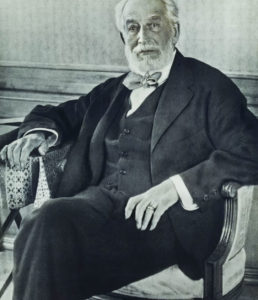
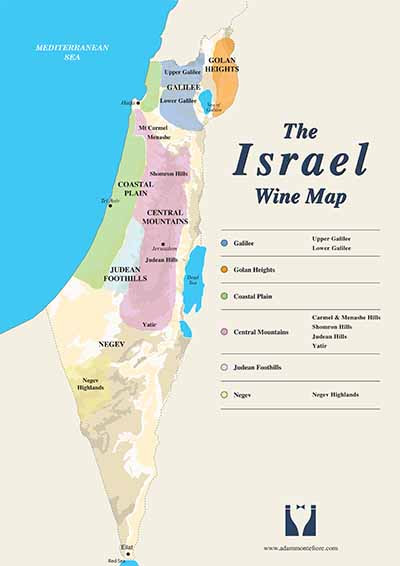
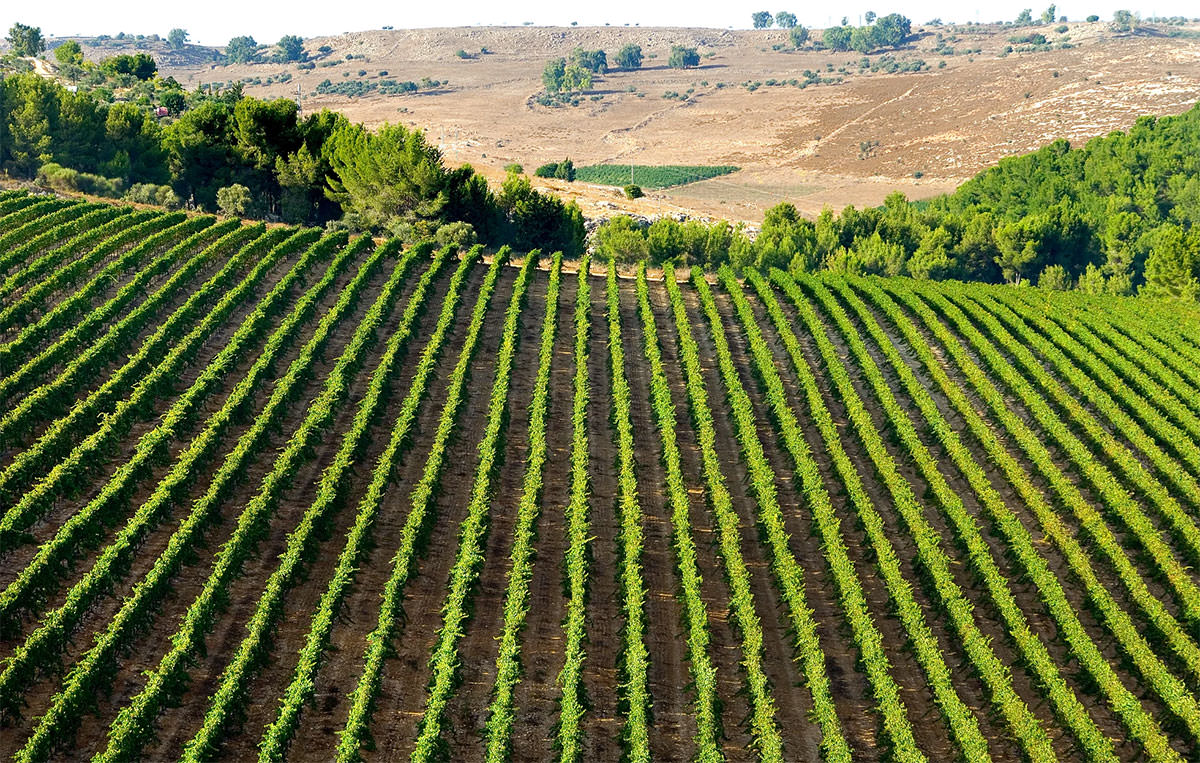
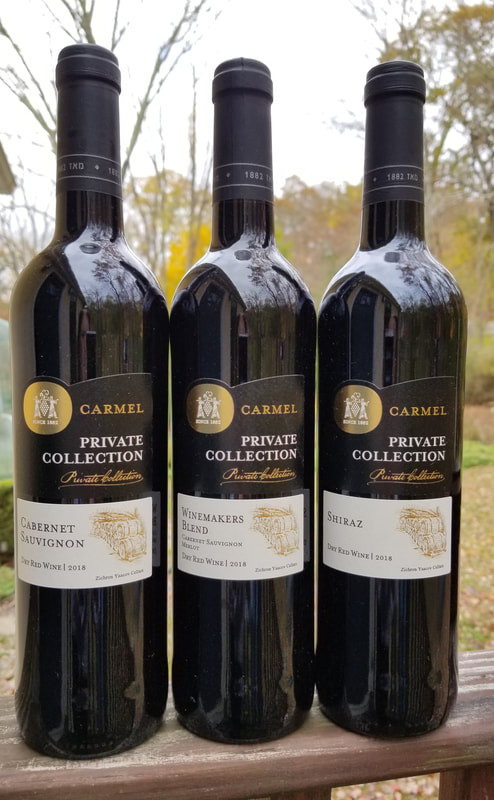
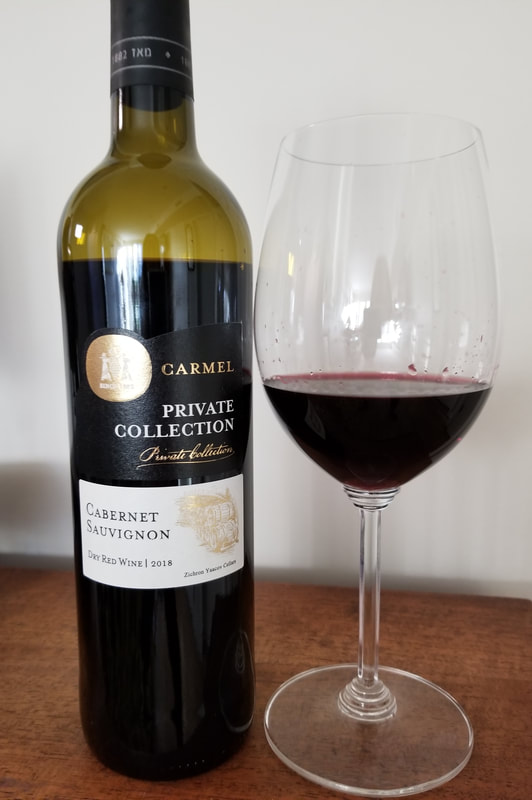
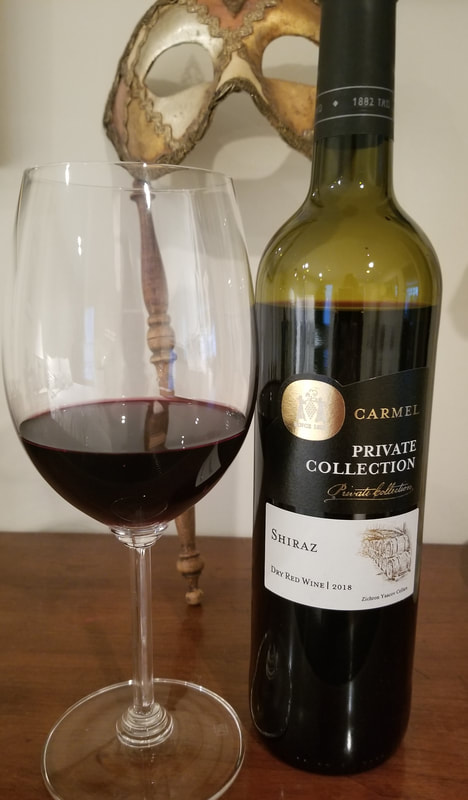
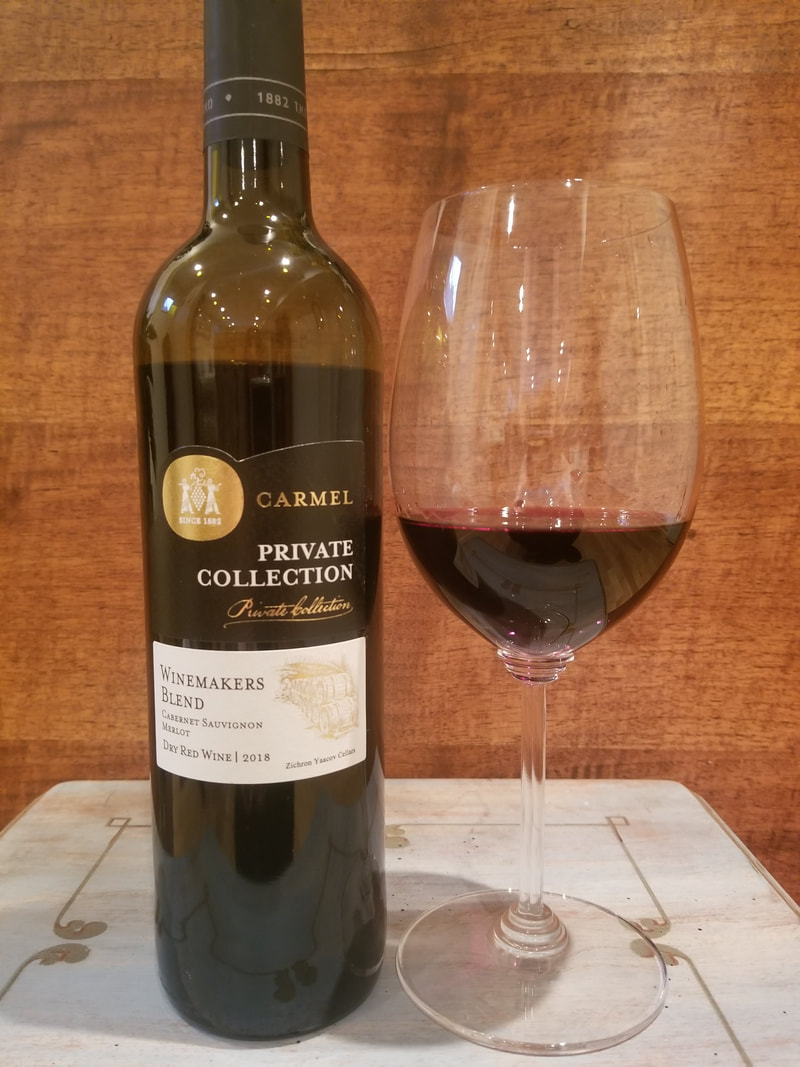
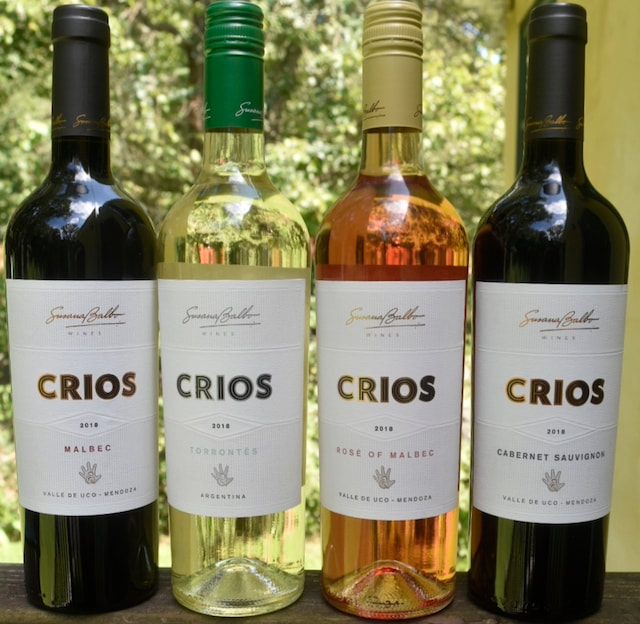
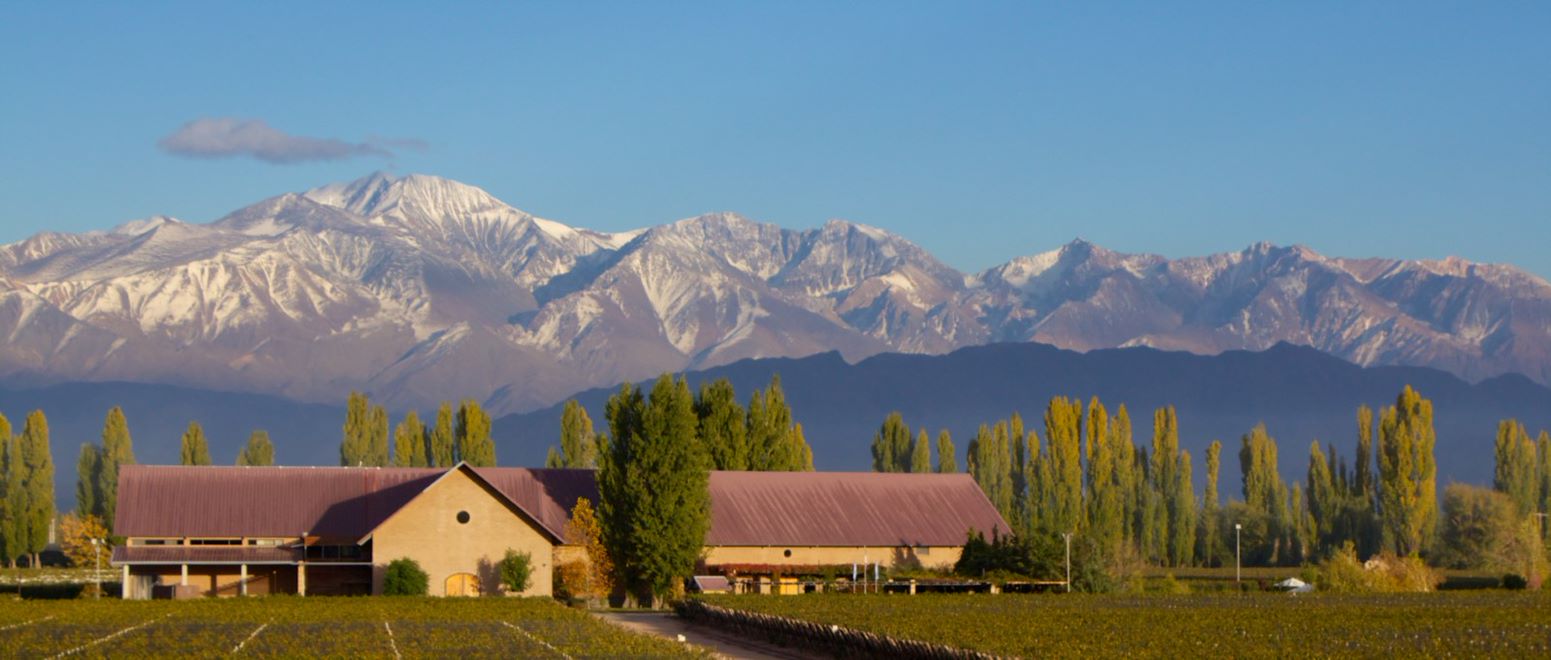
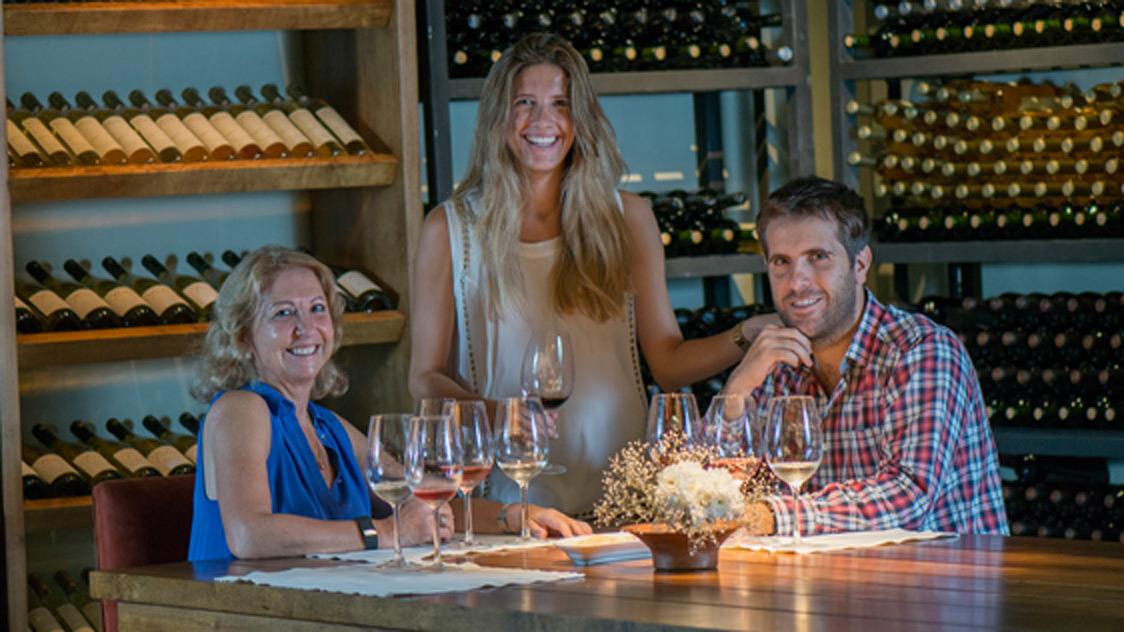
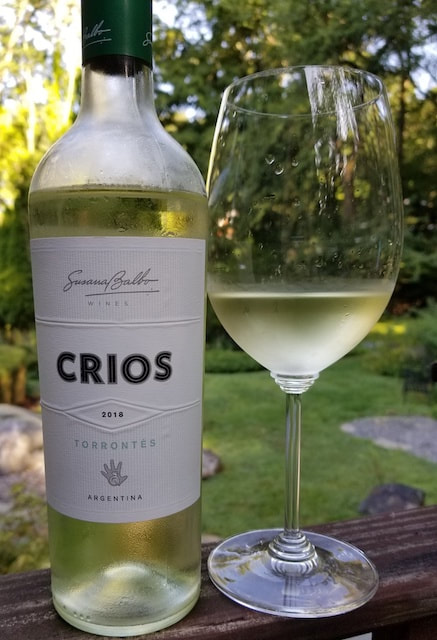

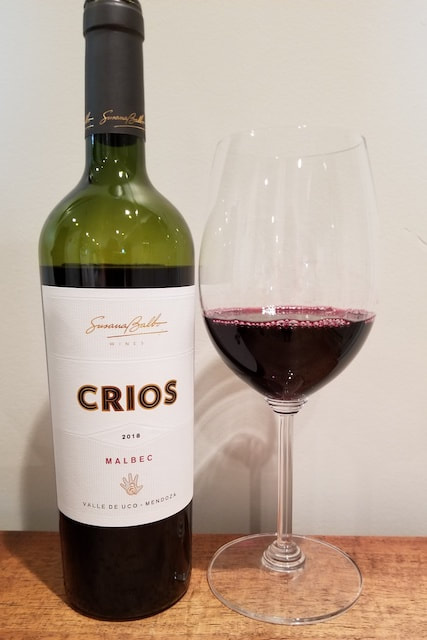
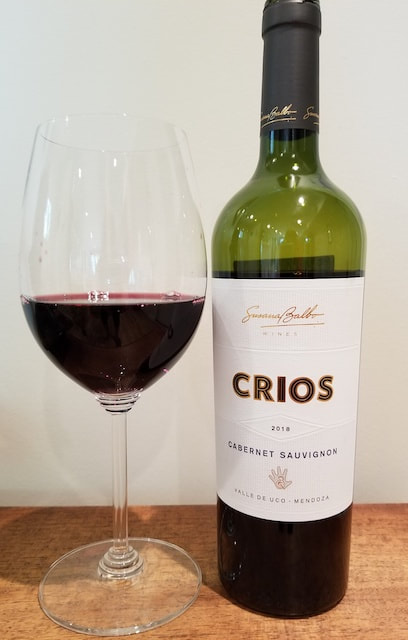
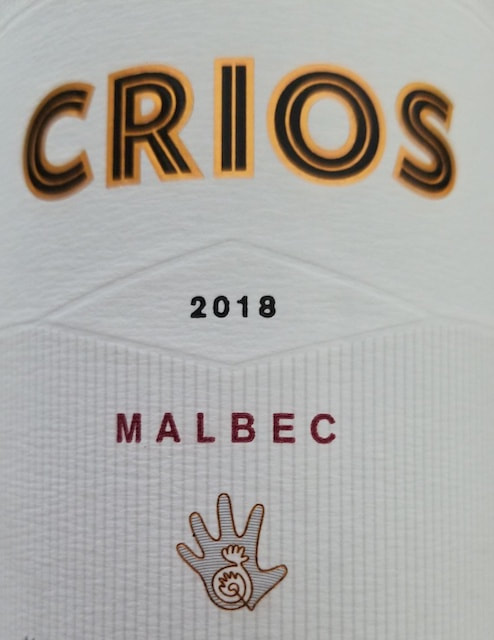
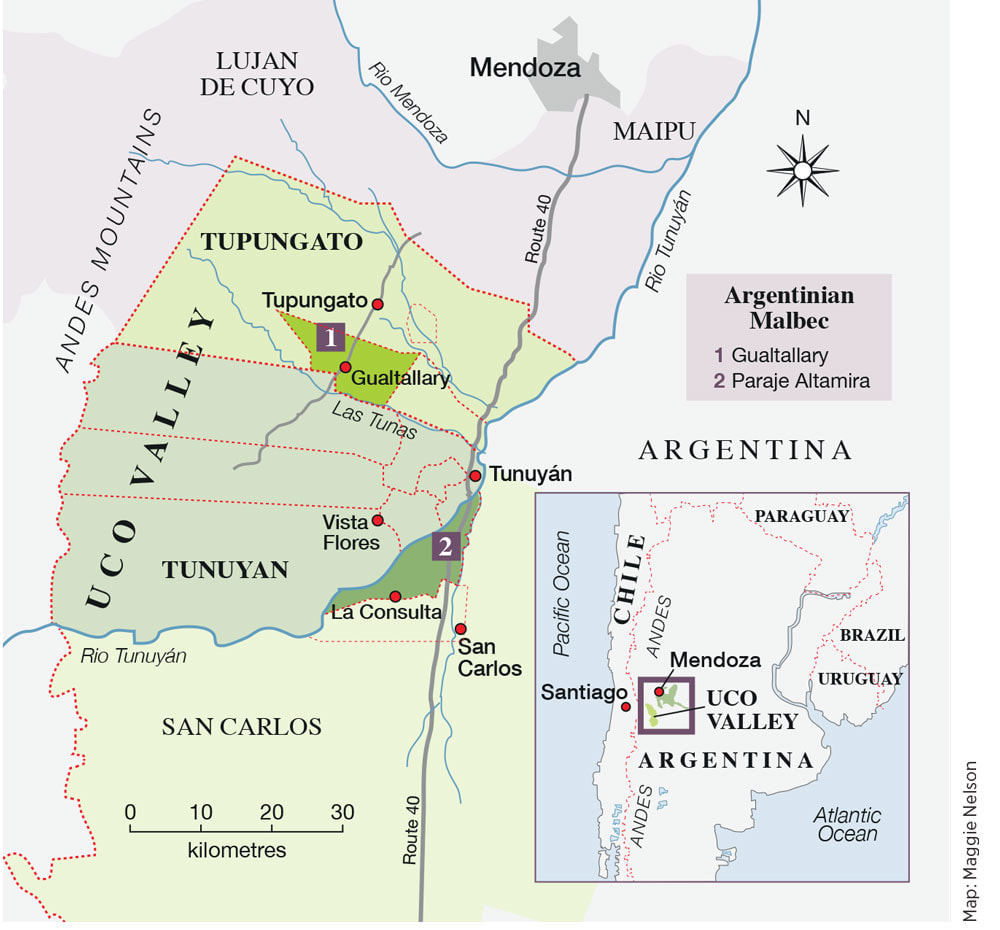
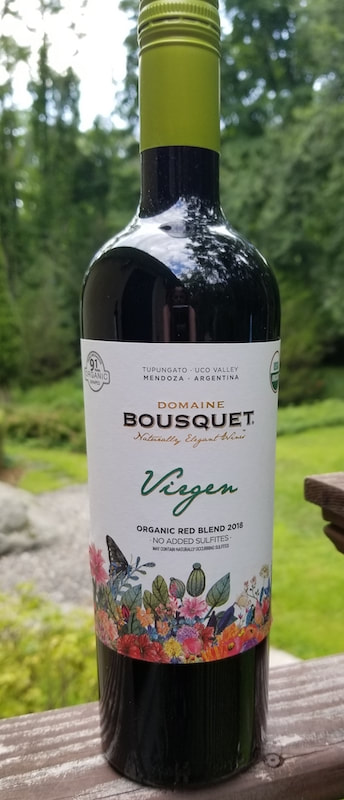
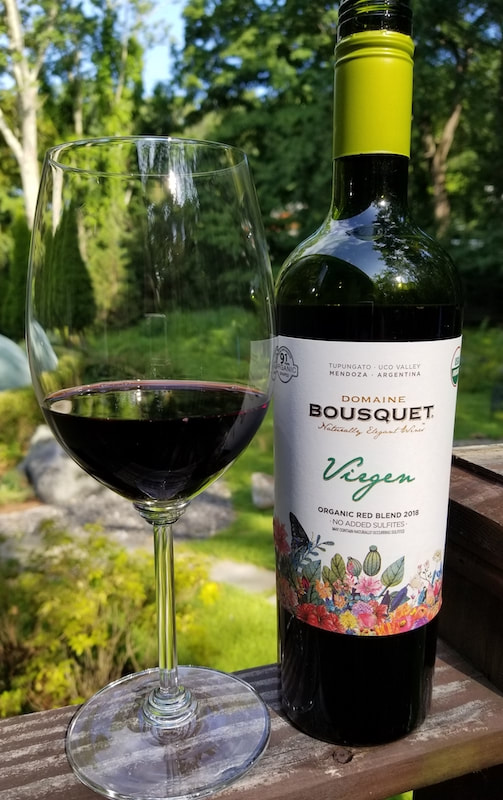
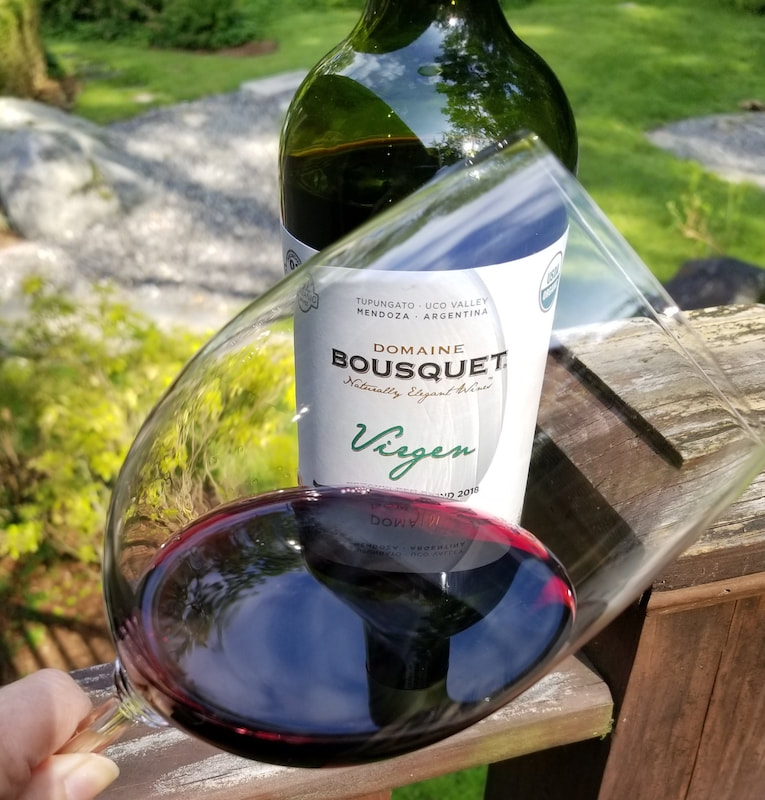
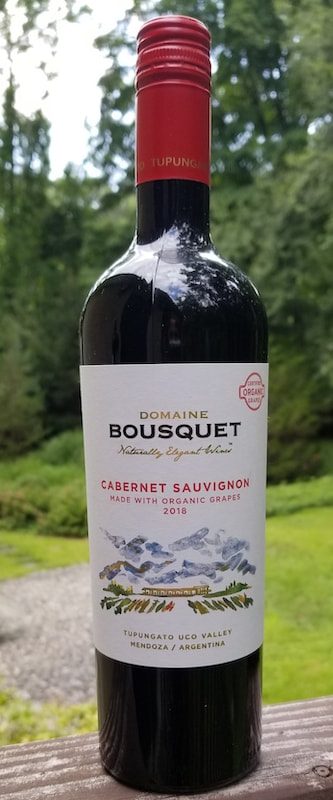
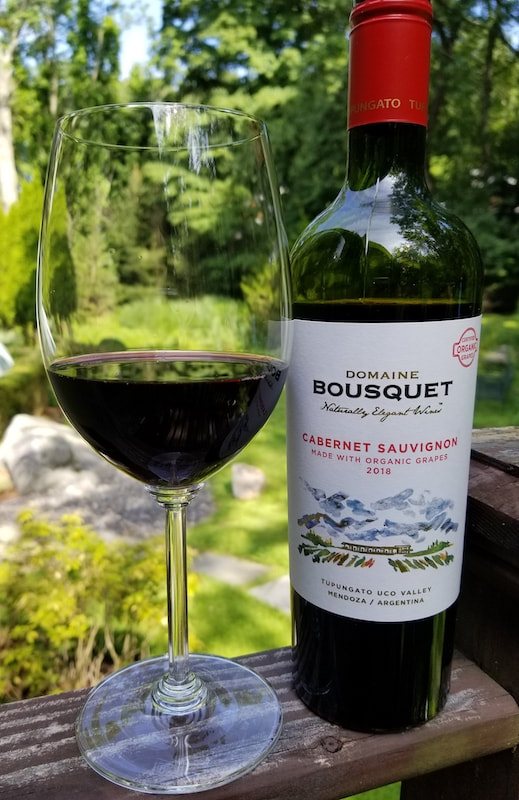
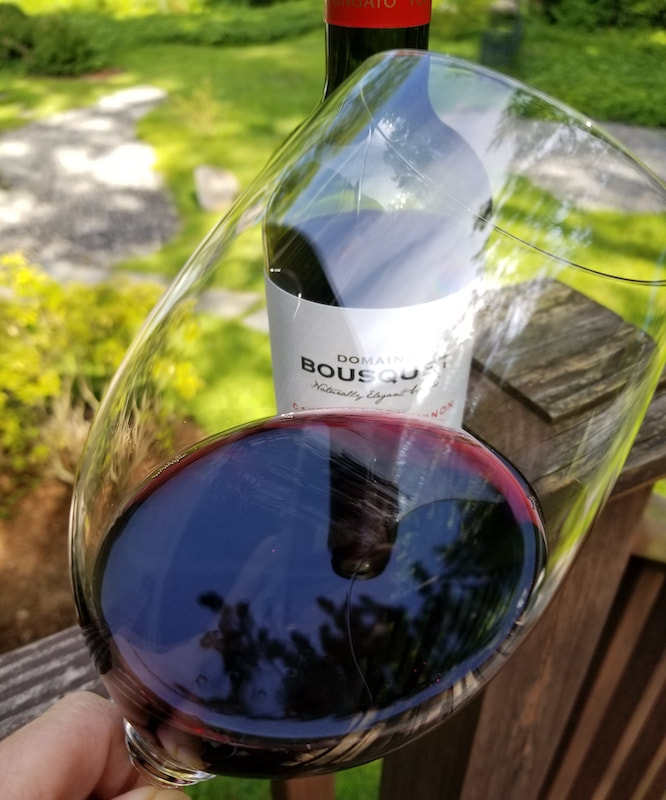
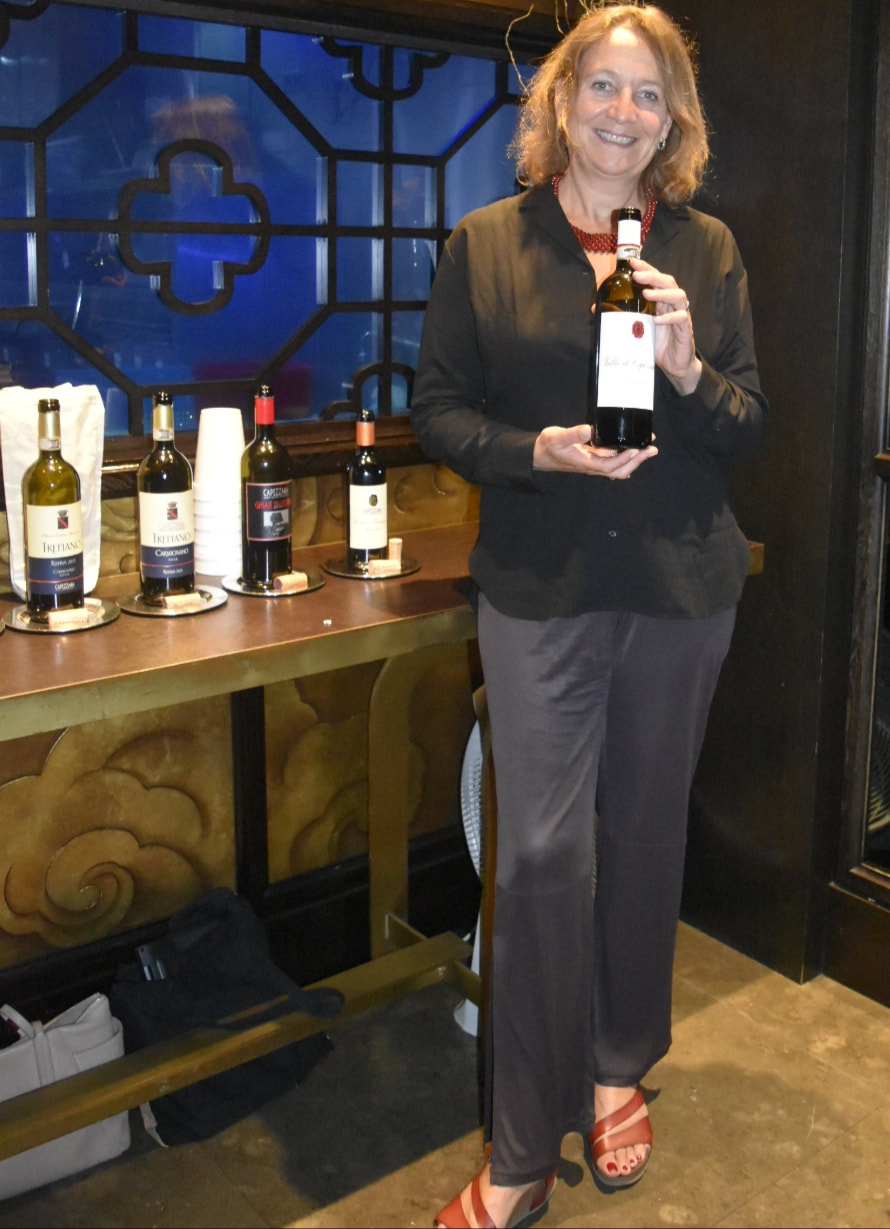
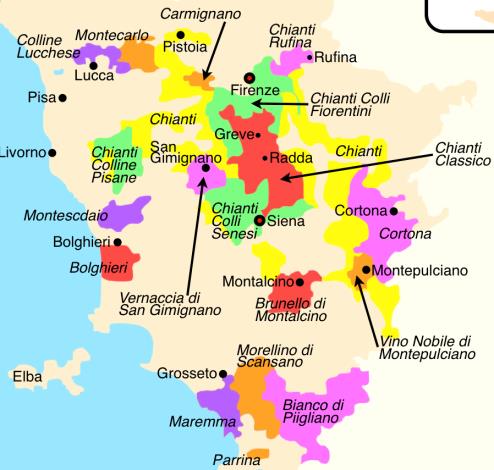
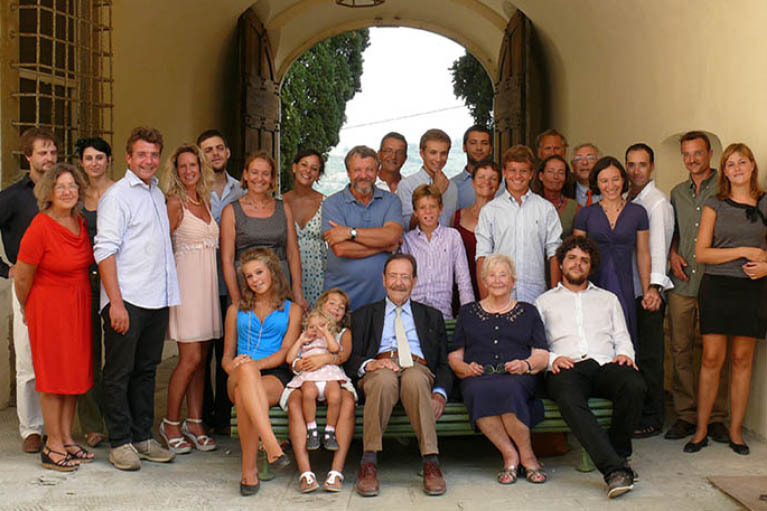
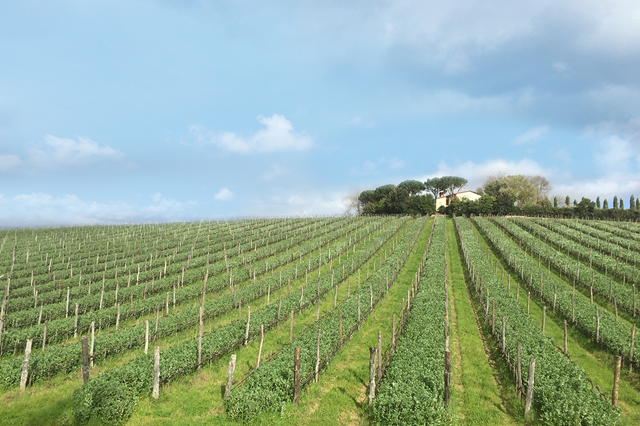
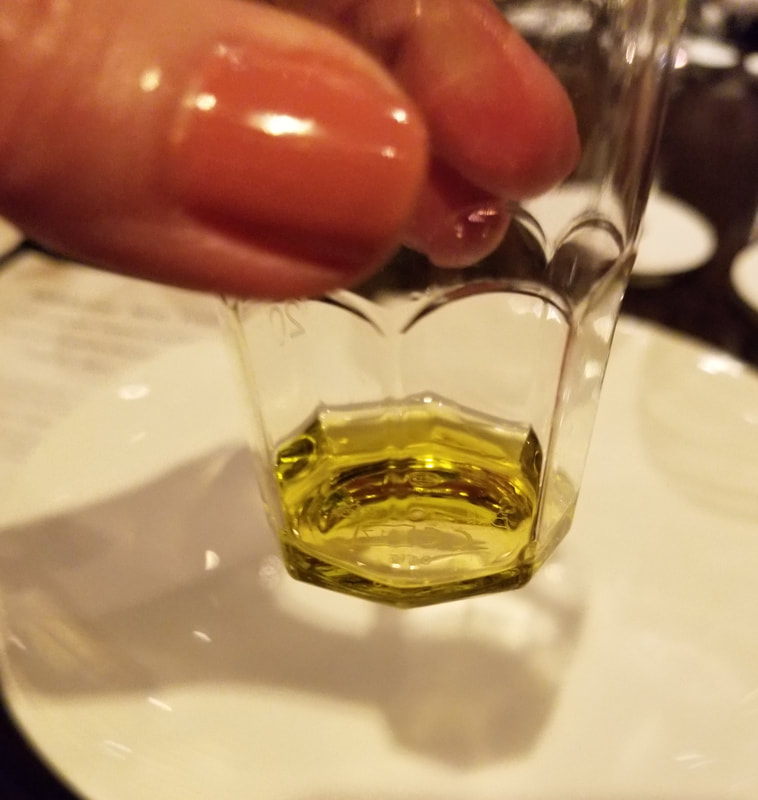

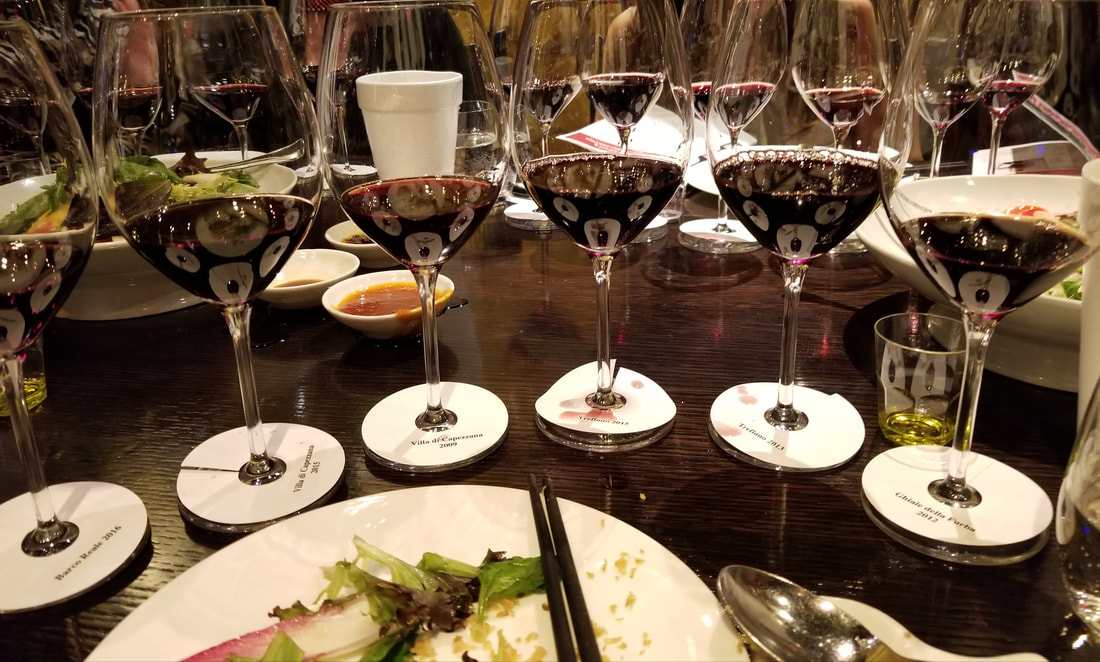
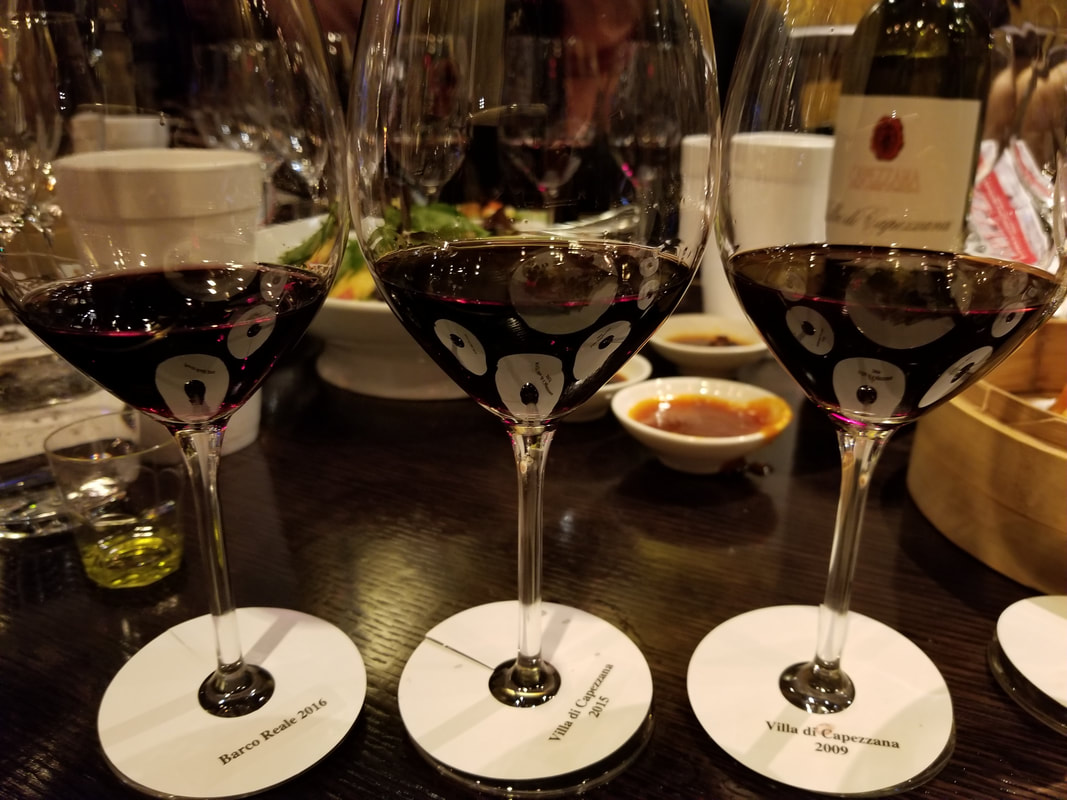
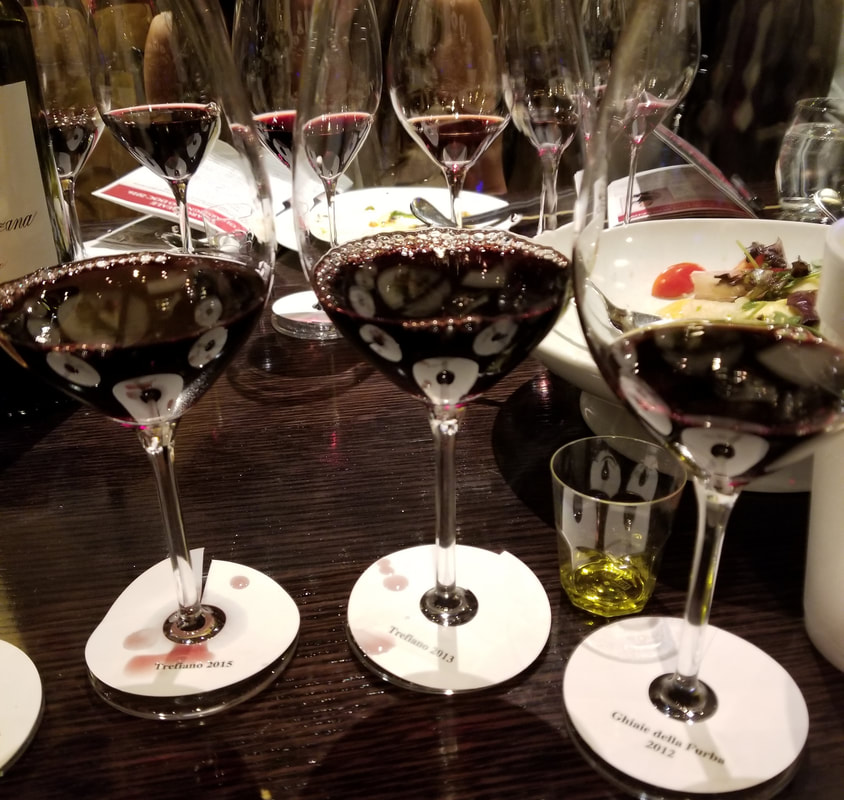
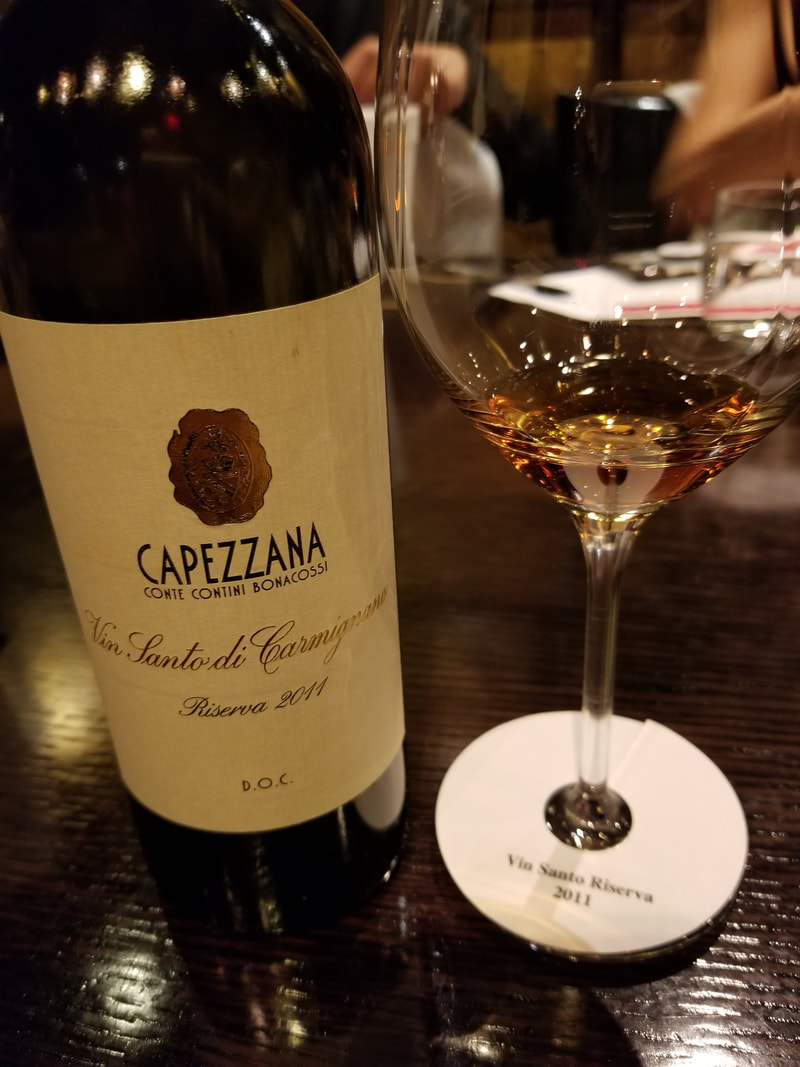
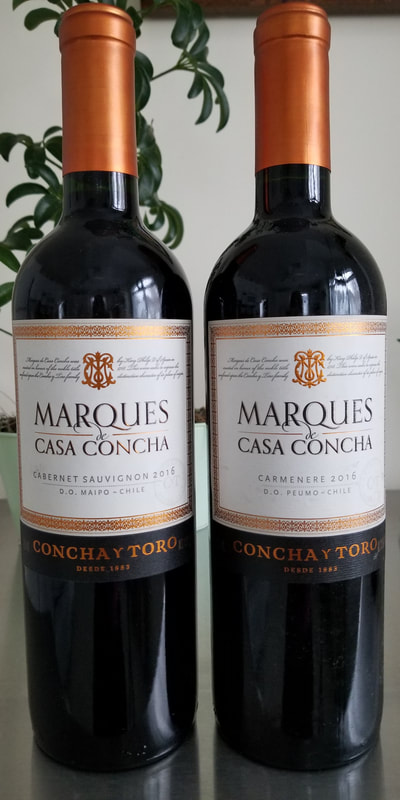
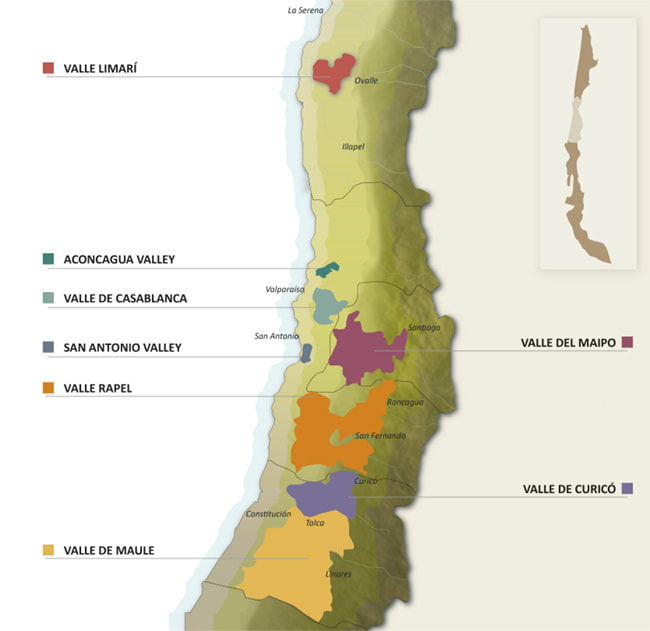
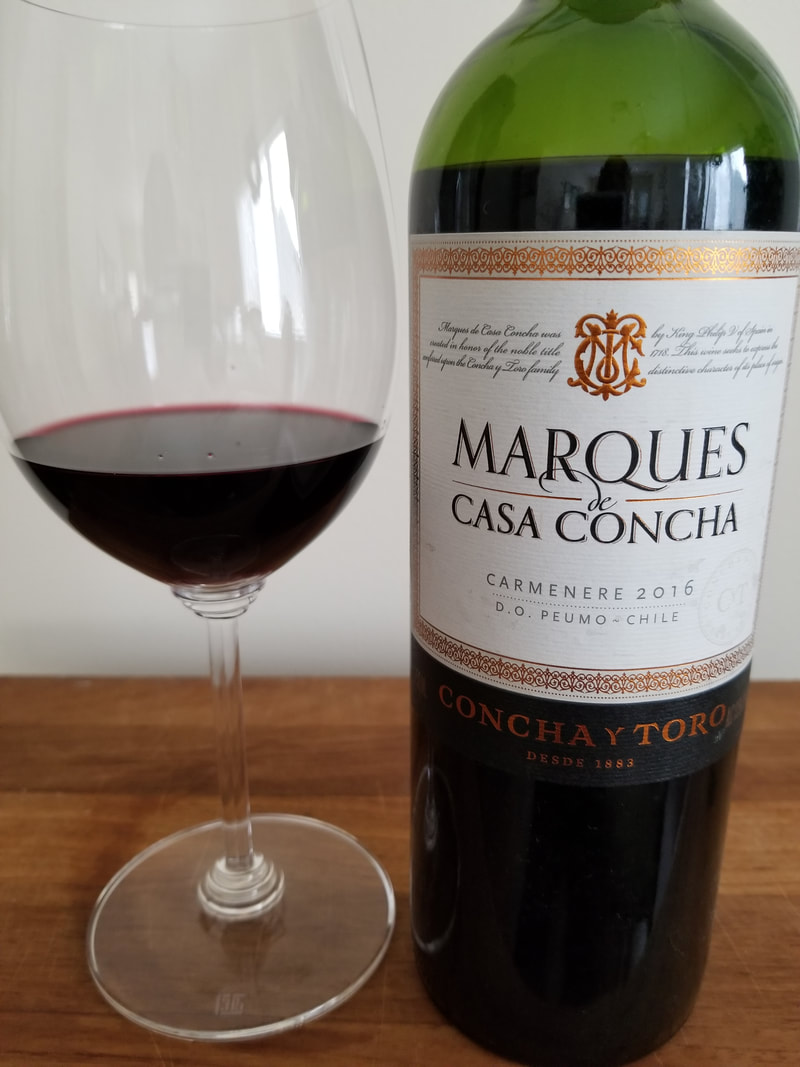
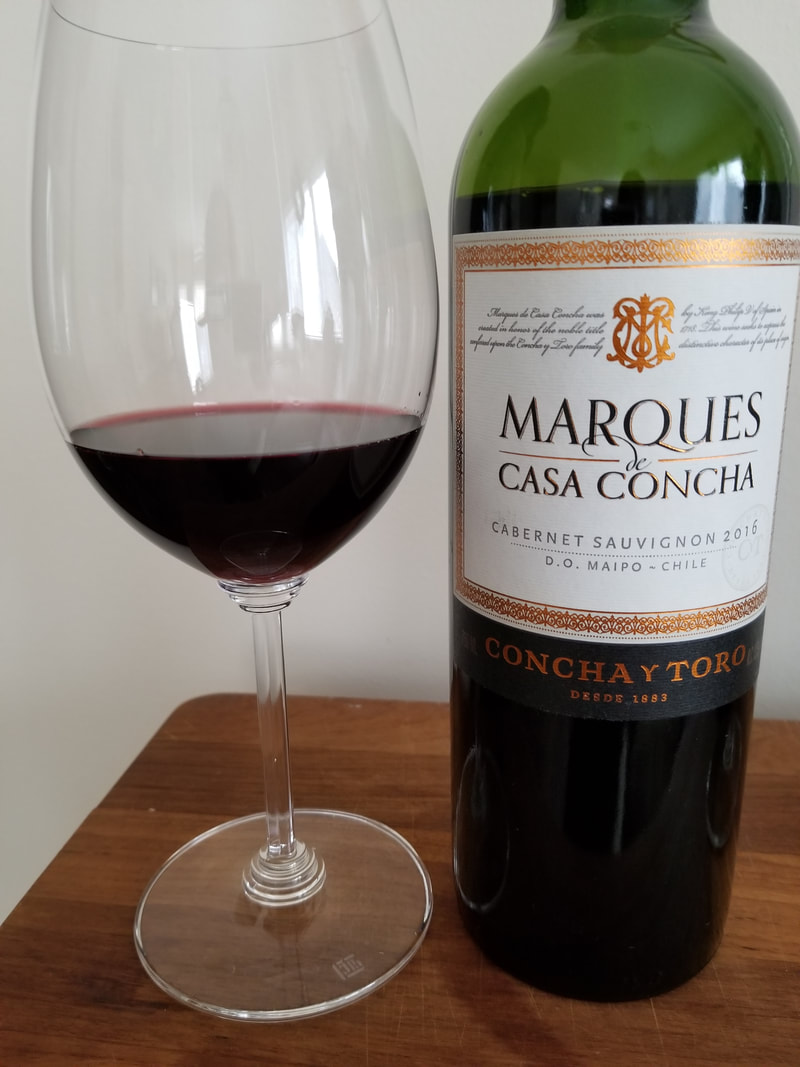
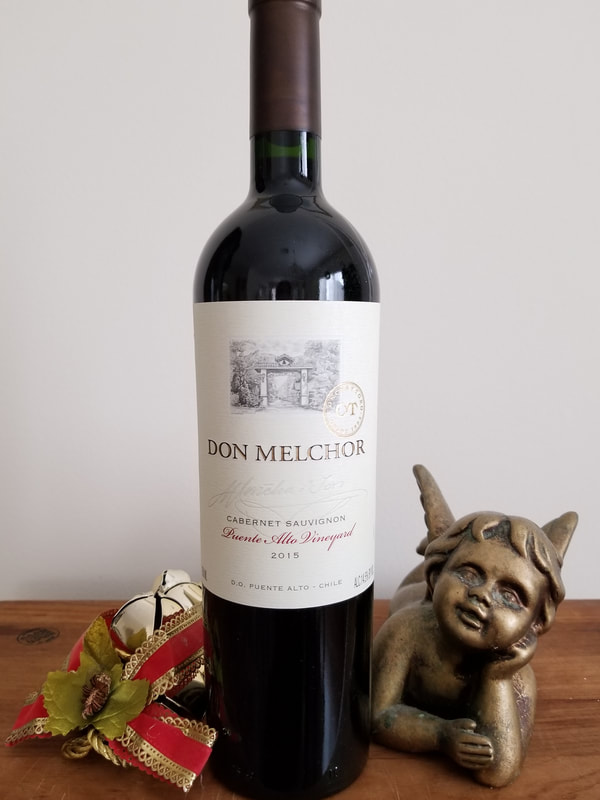

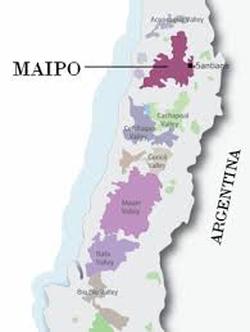
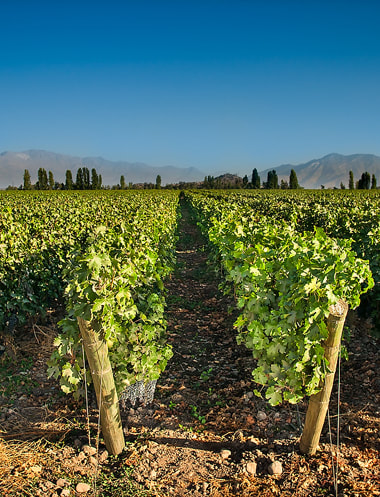
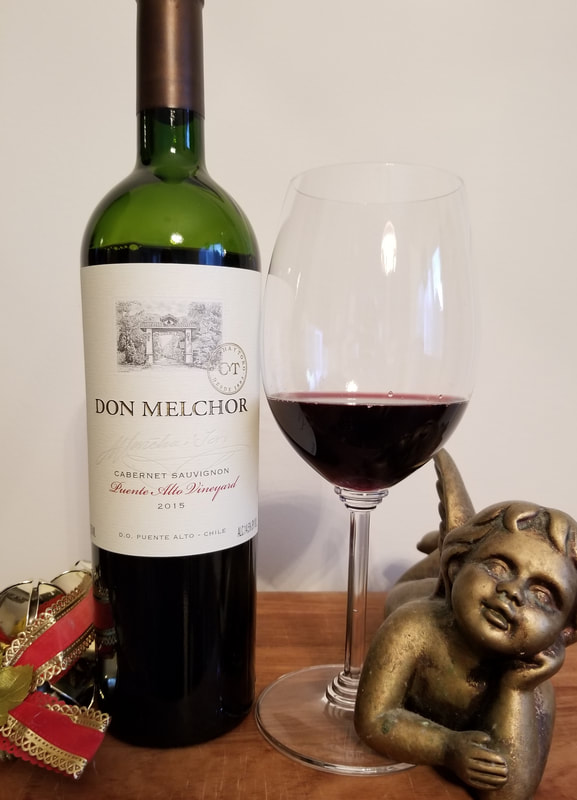
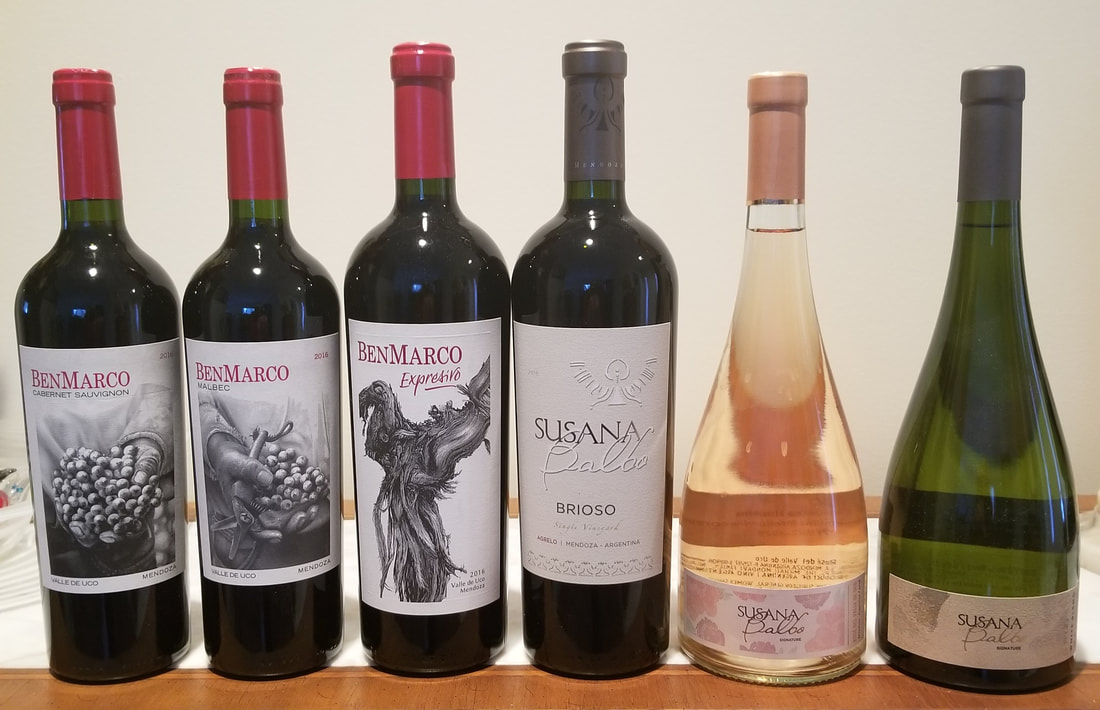
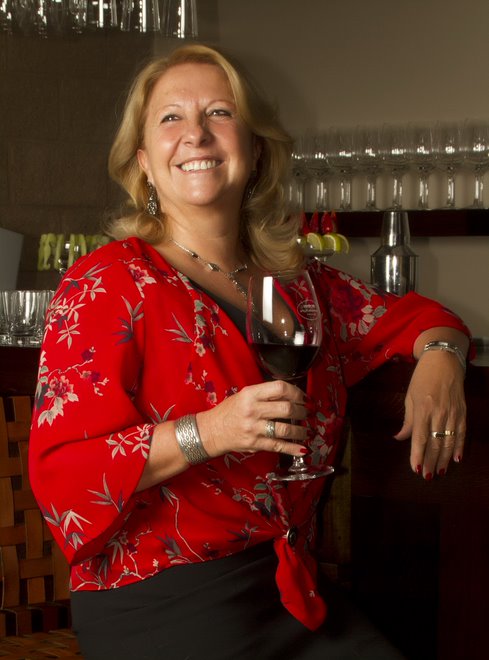

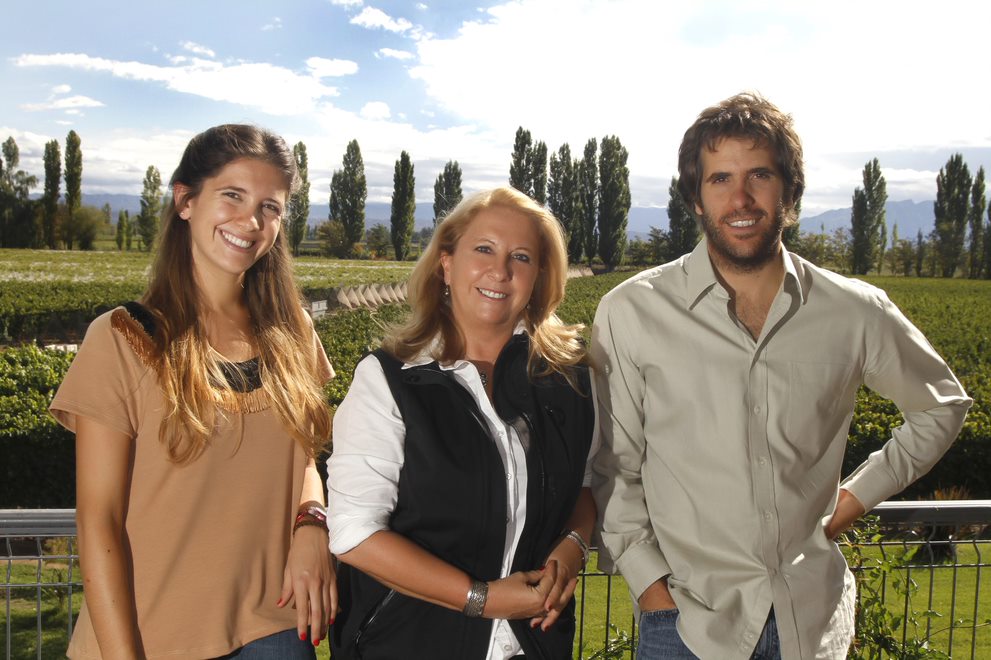
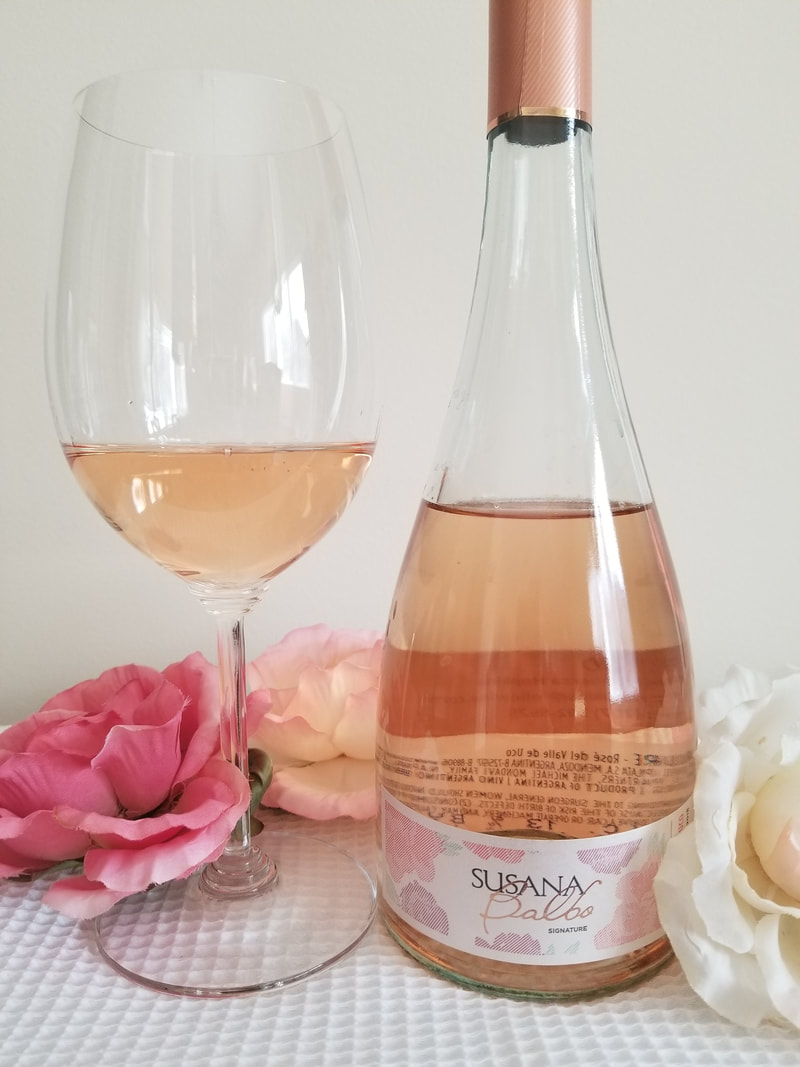

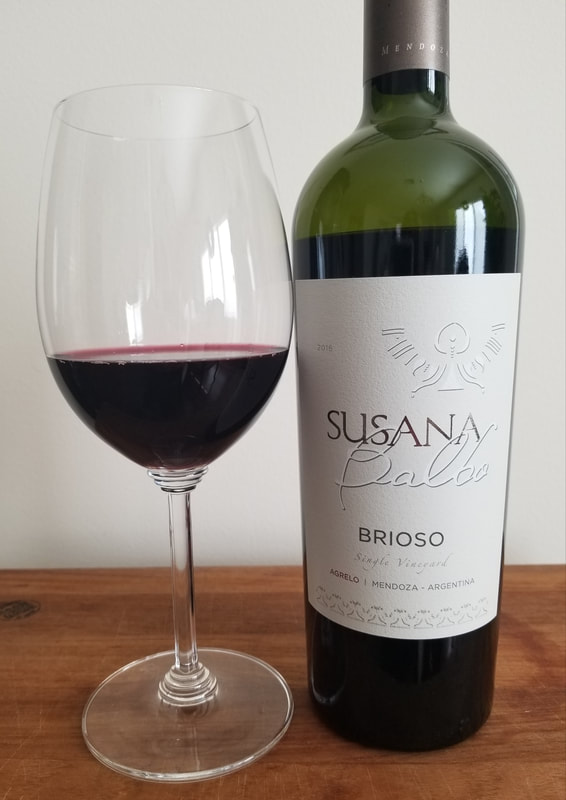
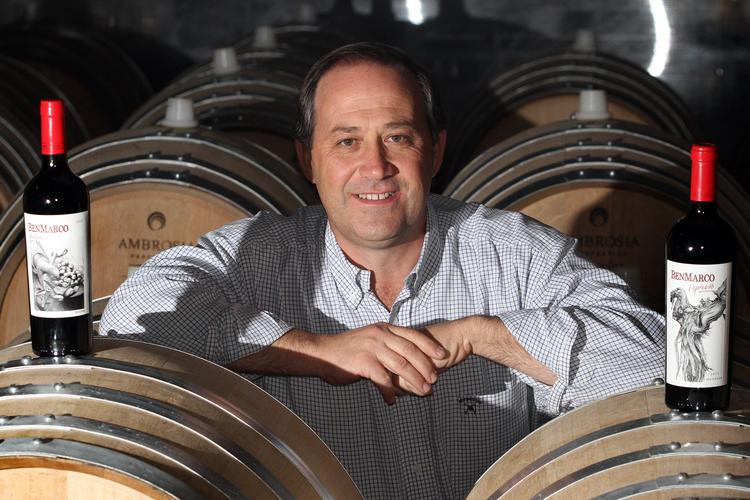
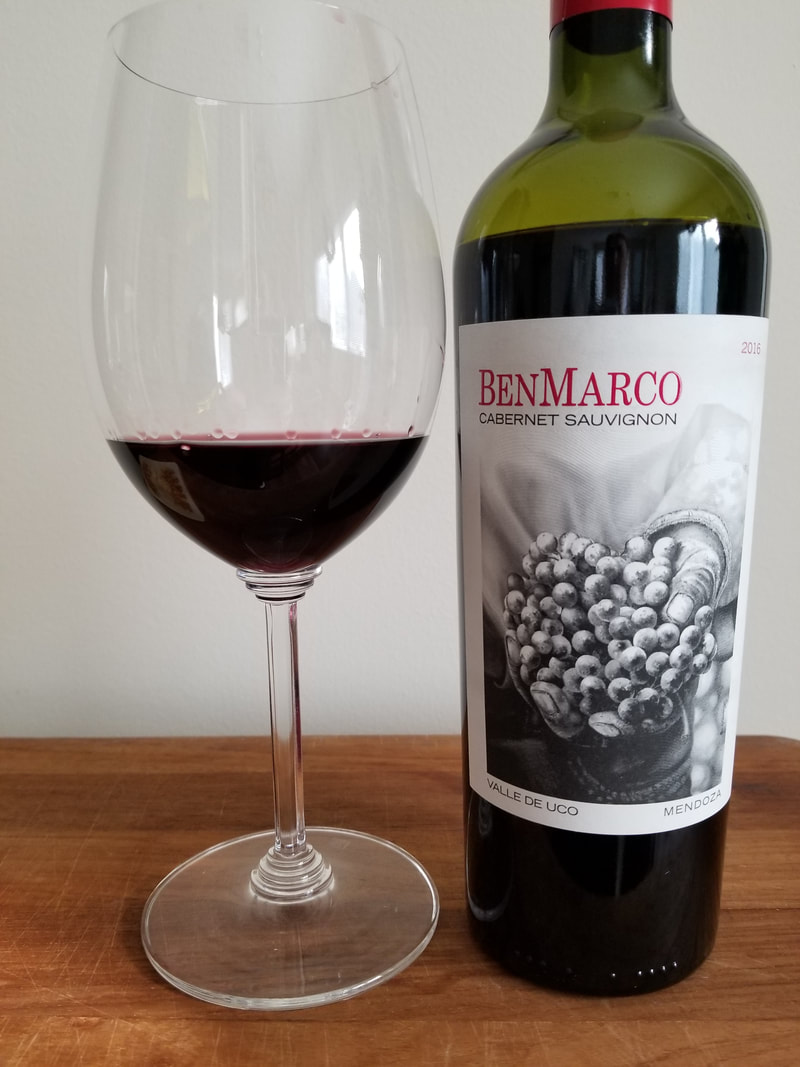
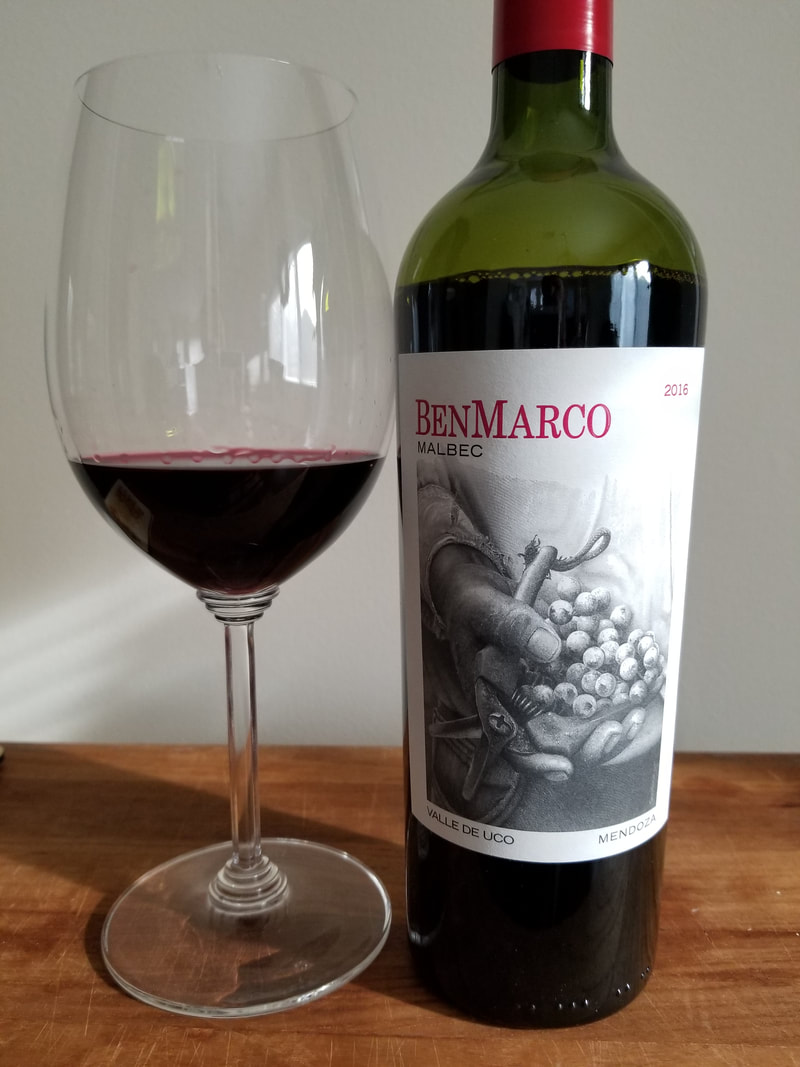
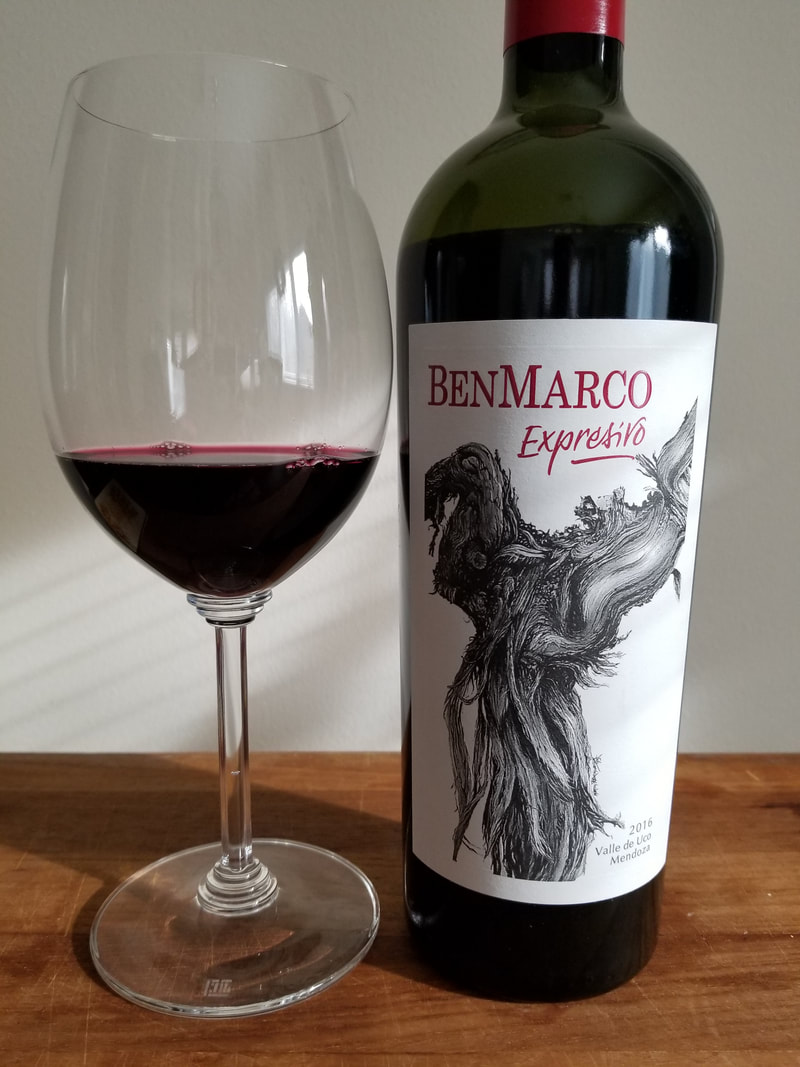
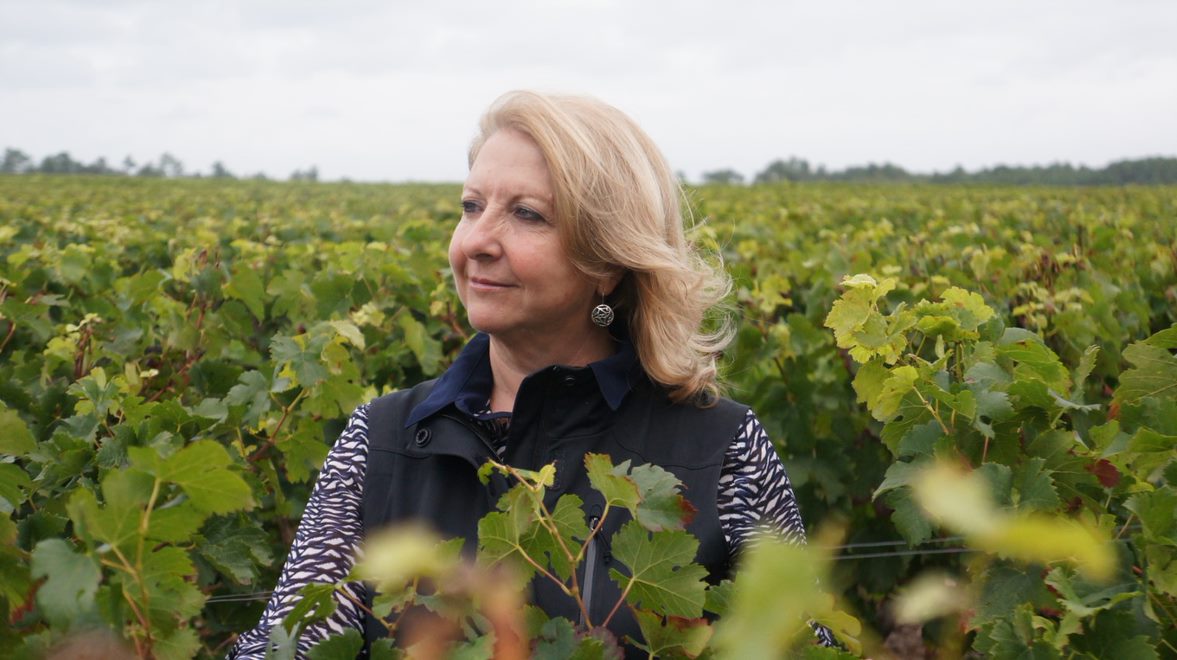
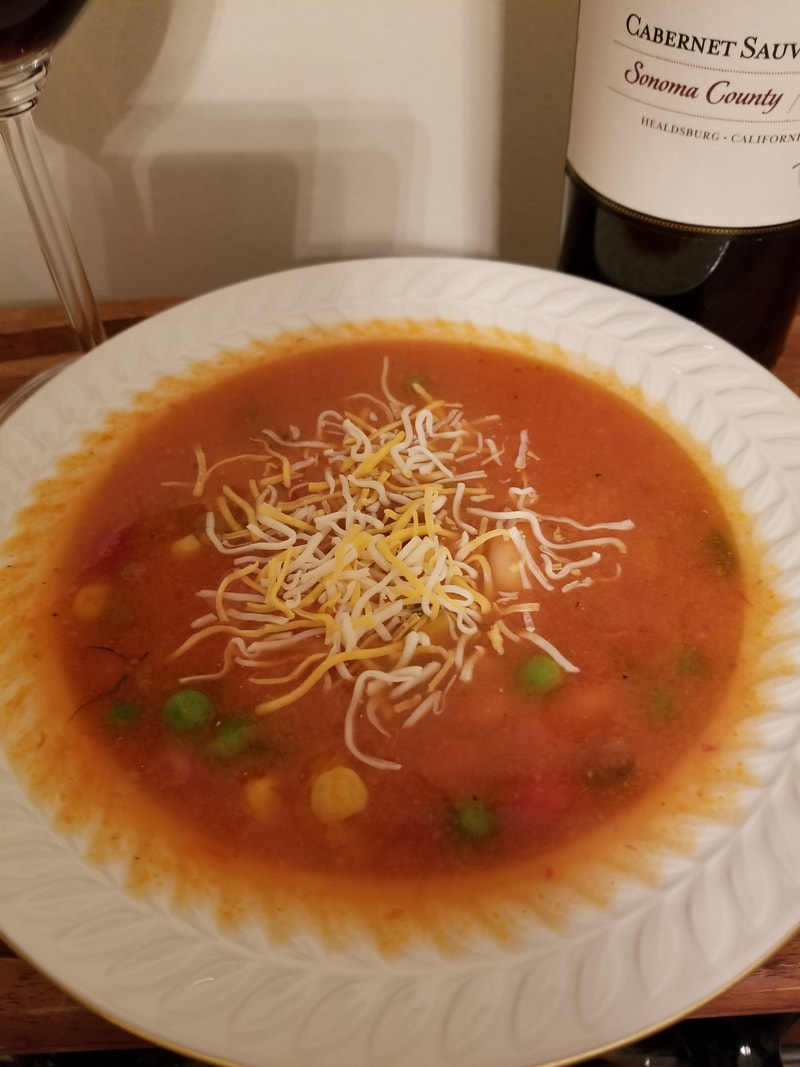
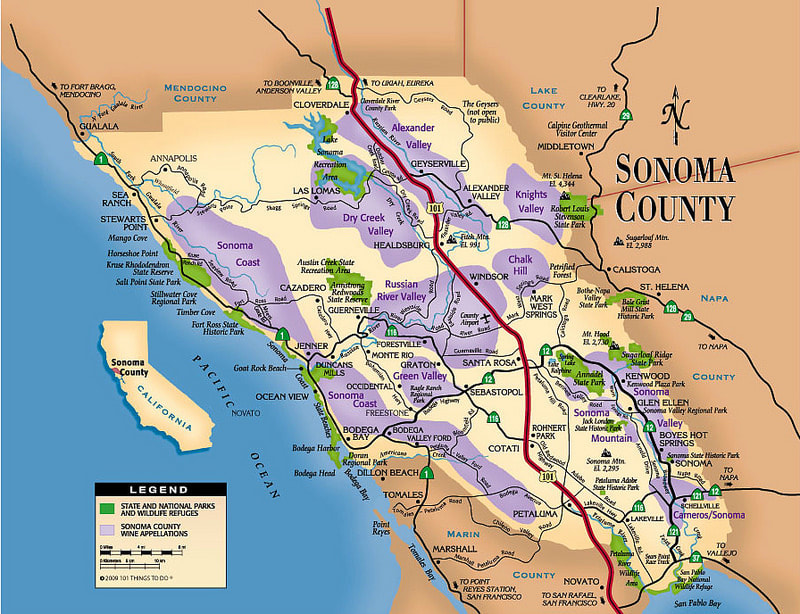
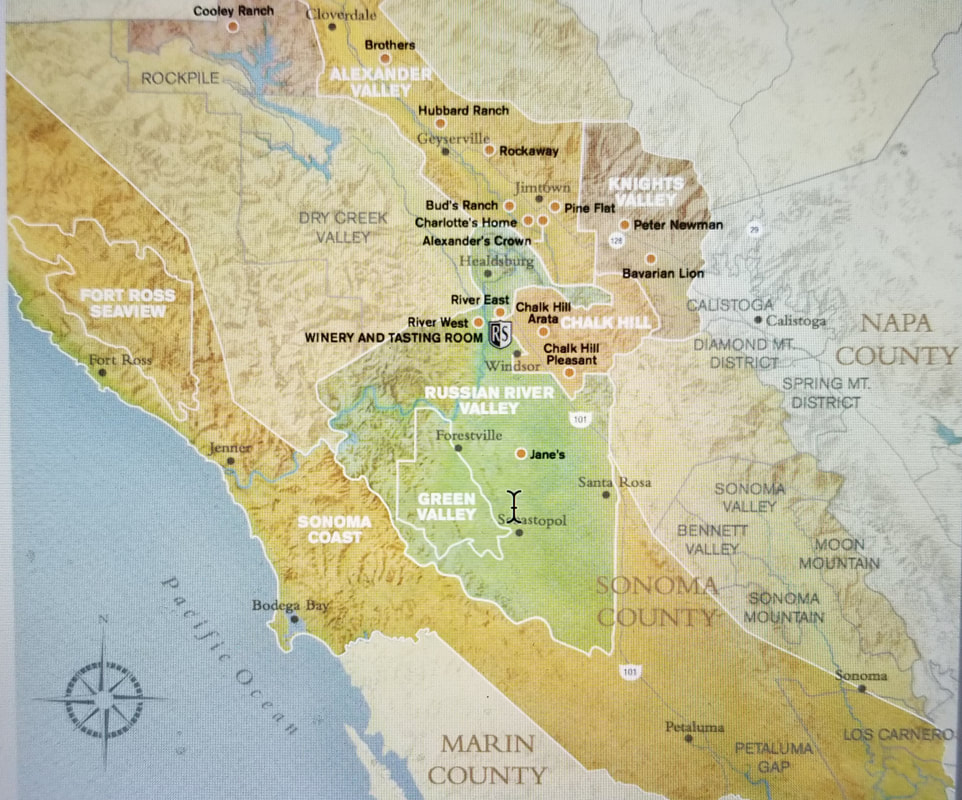

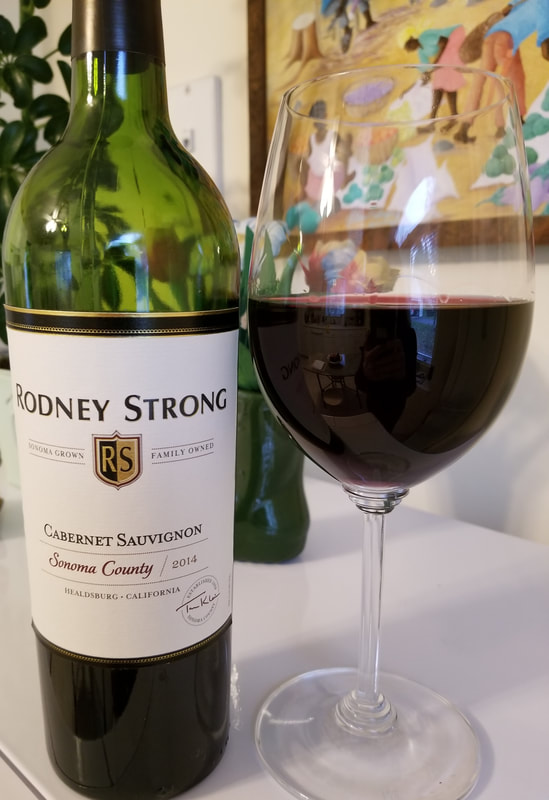


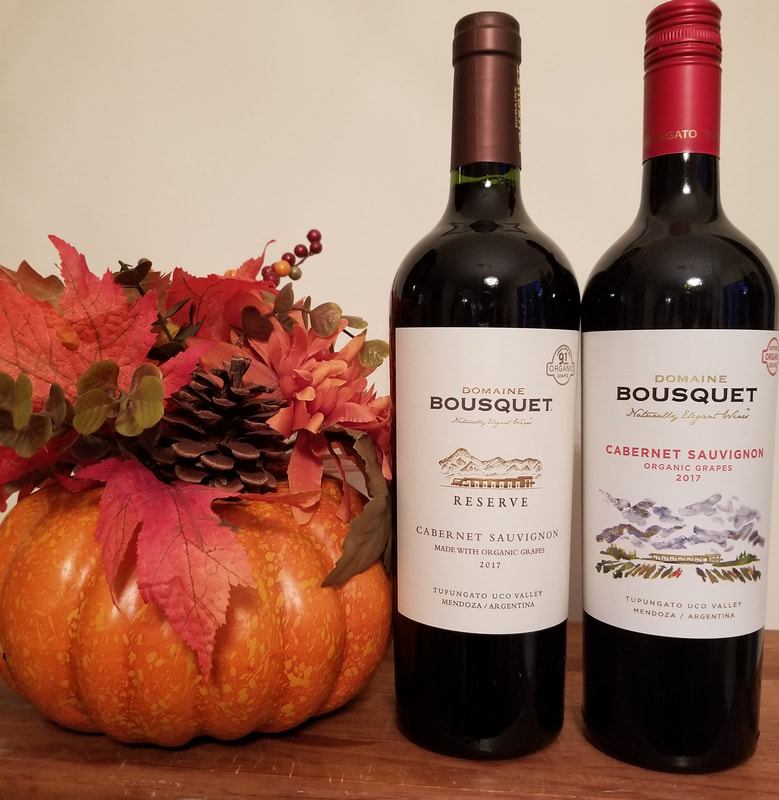
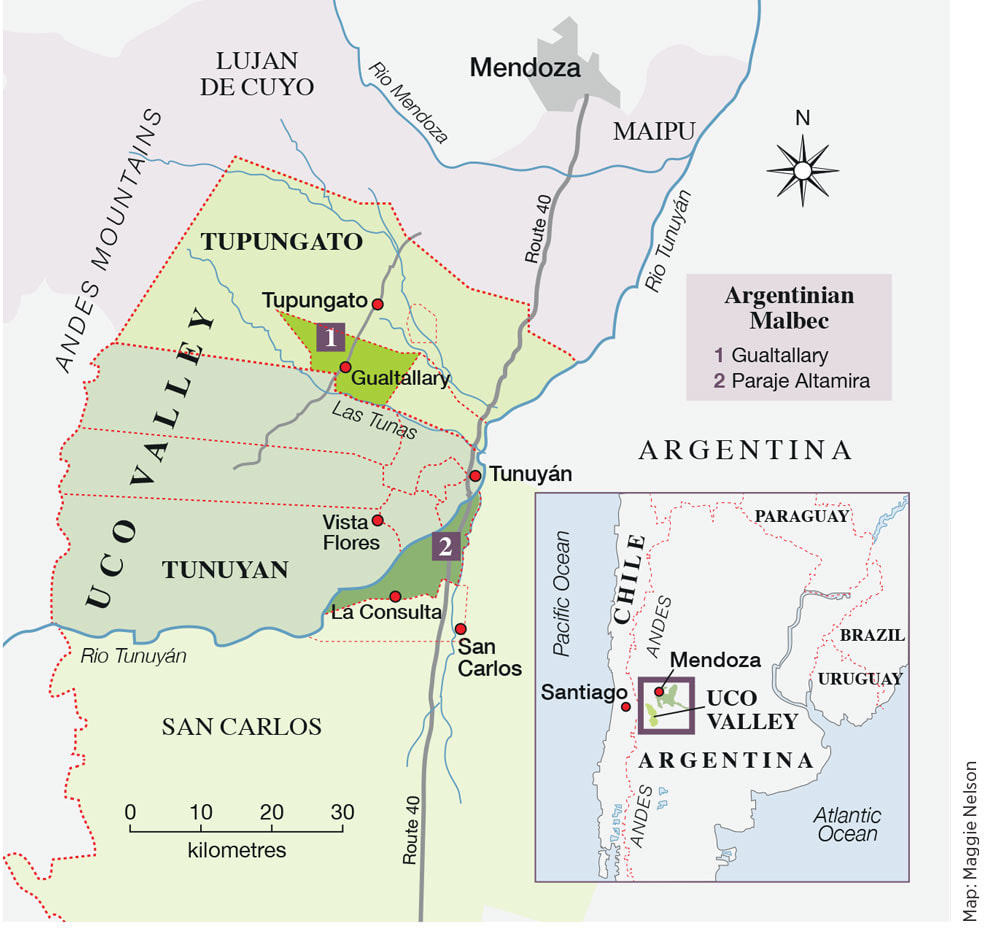
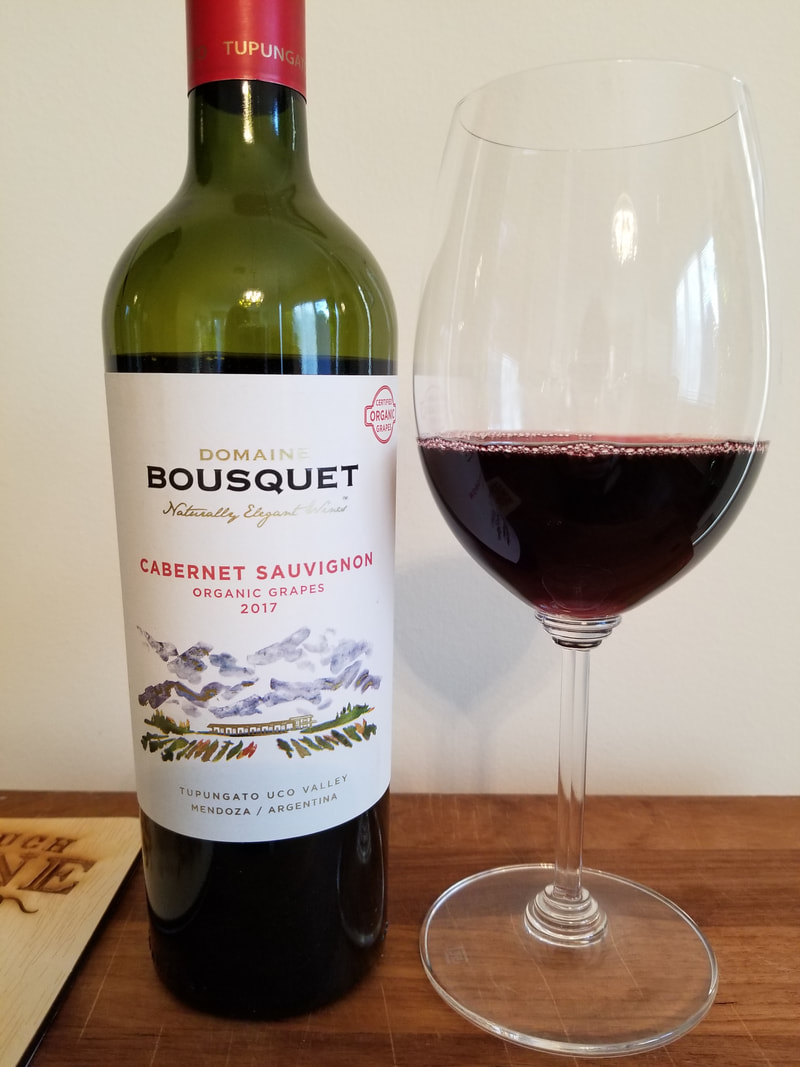
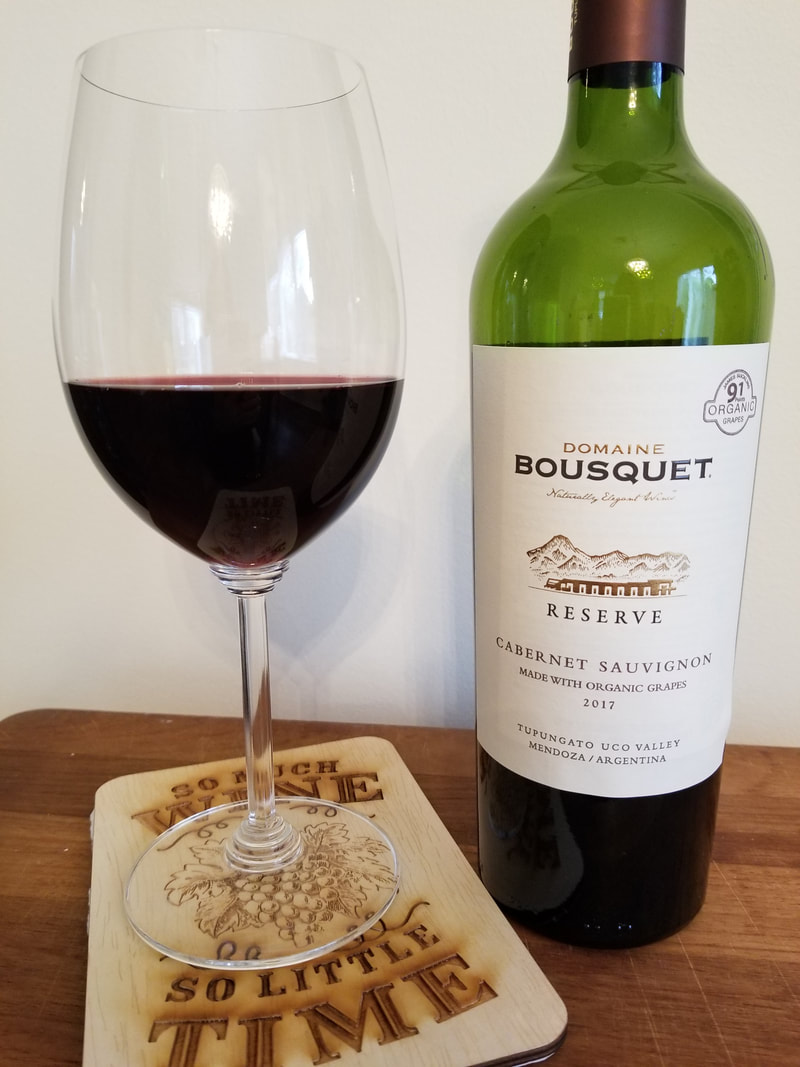
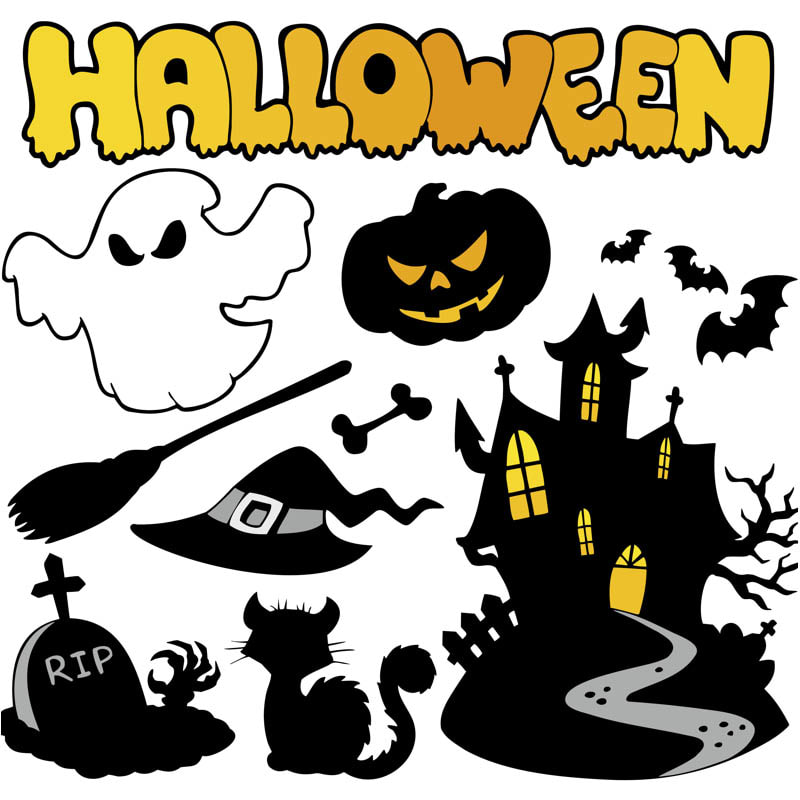
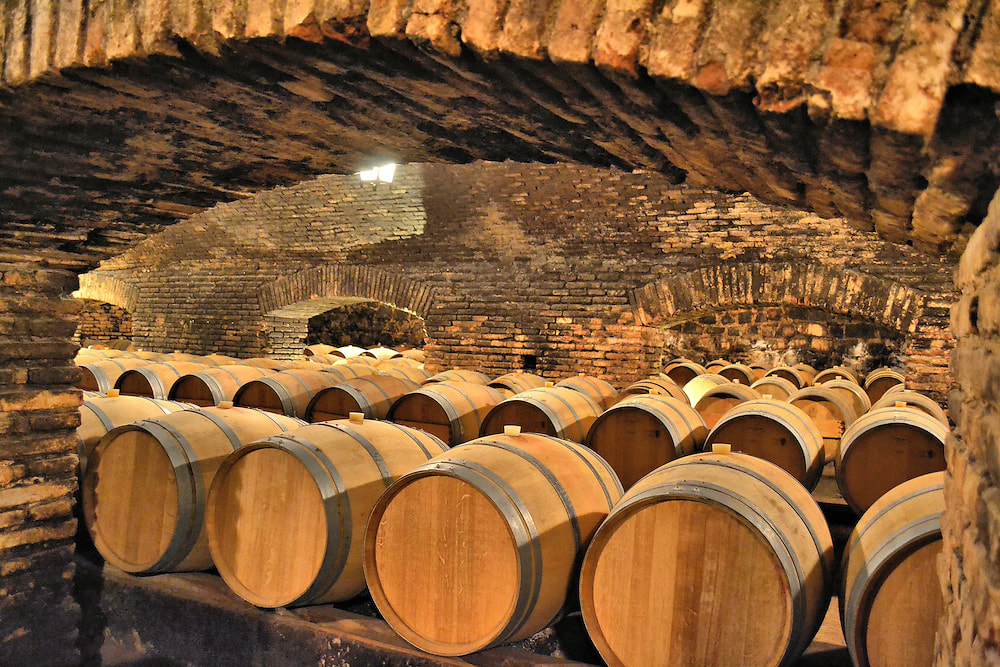
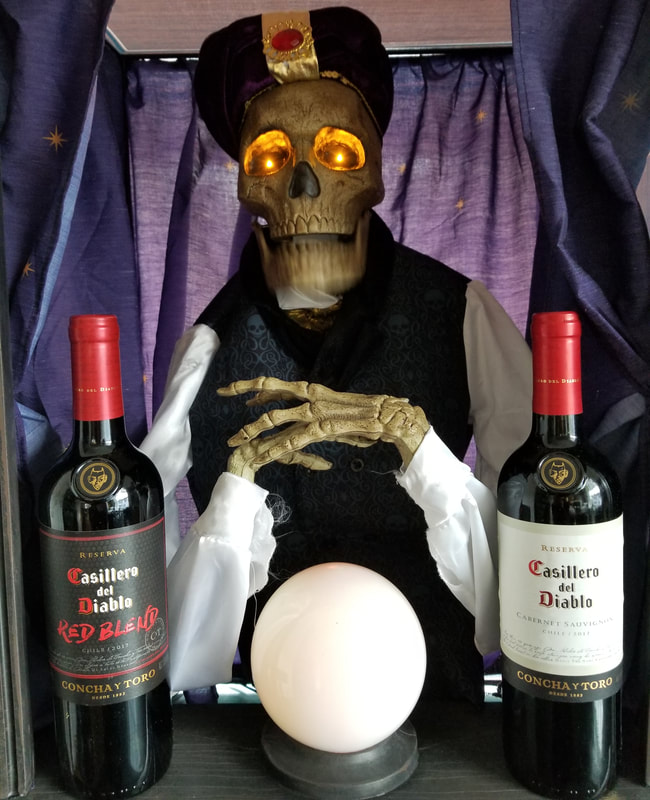
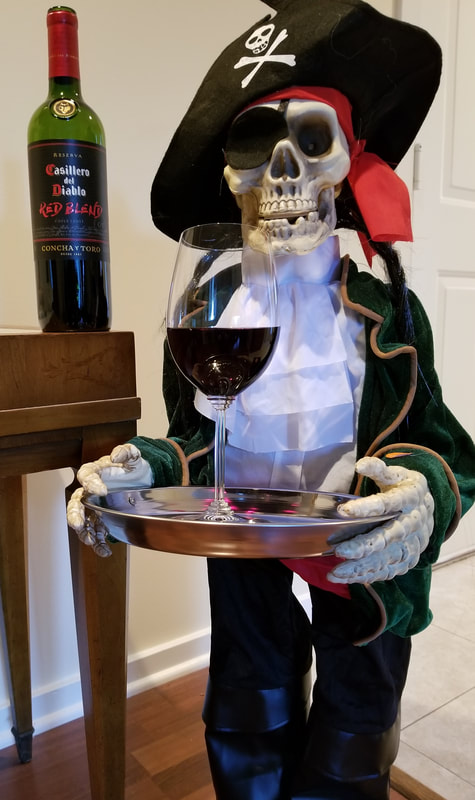
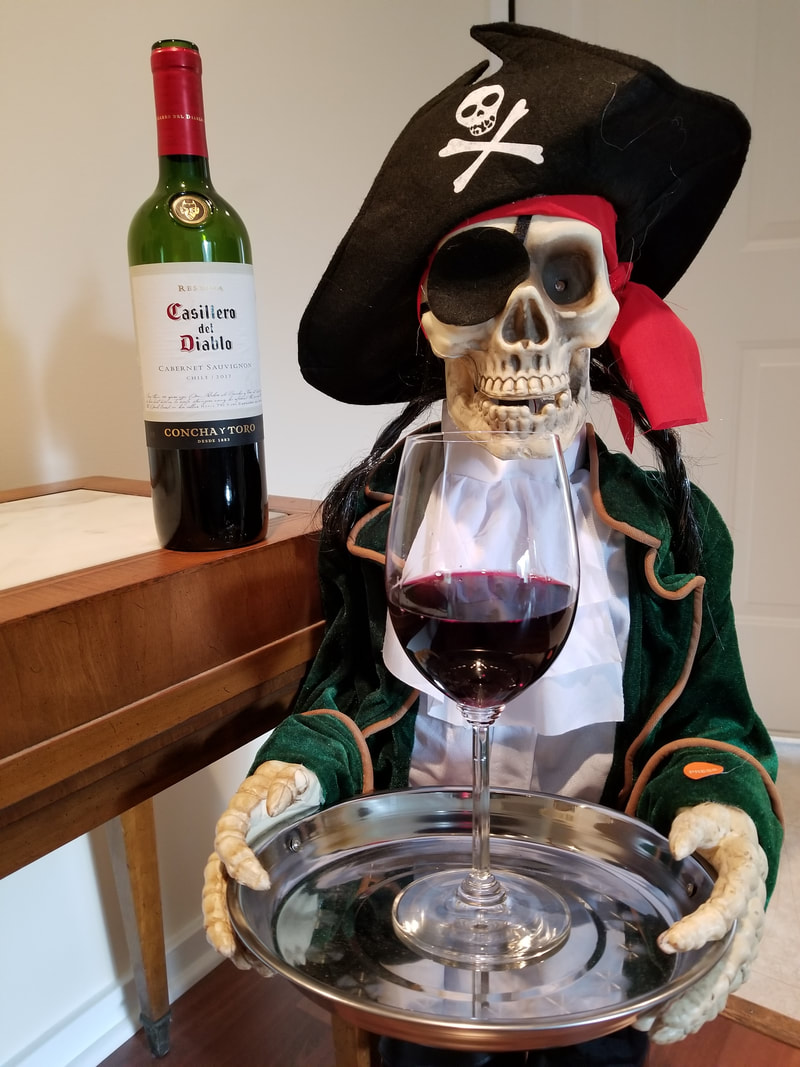
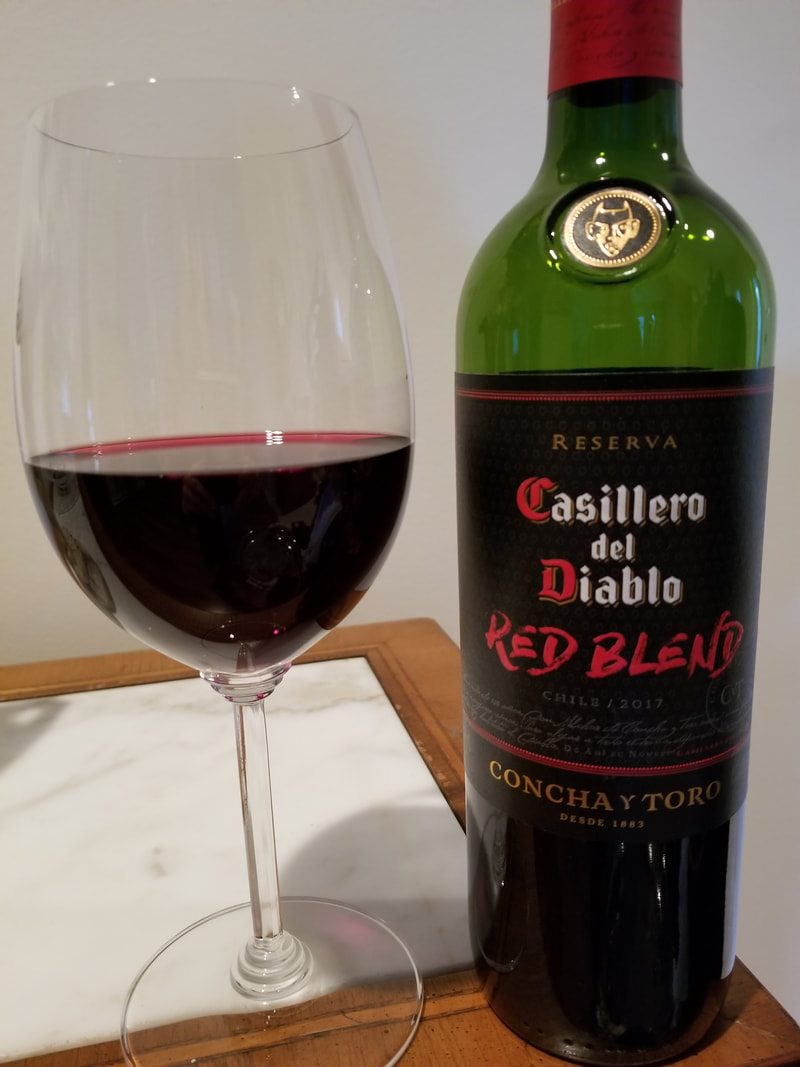
 RSS Feed
RSS Feed